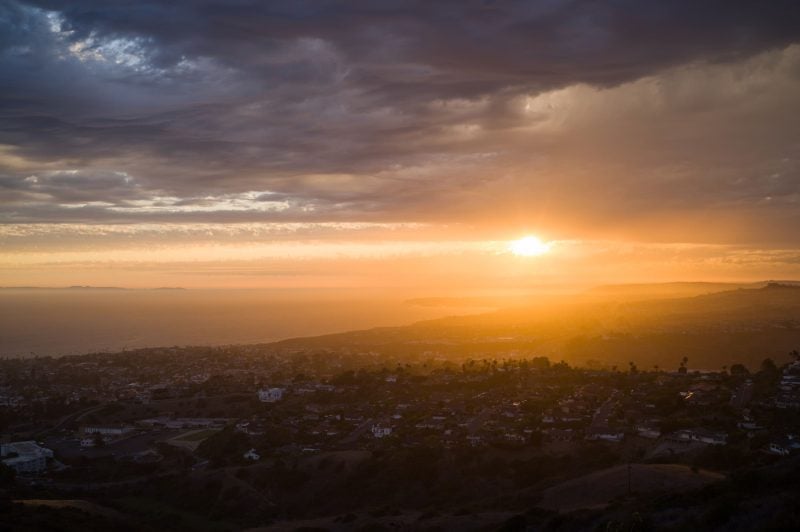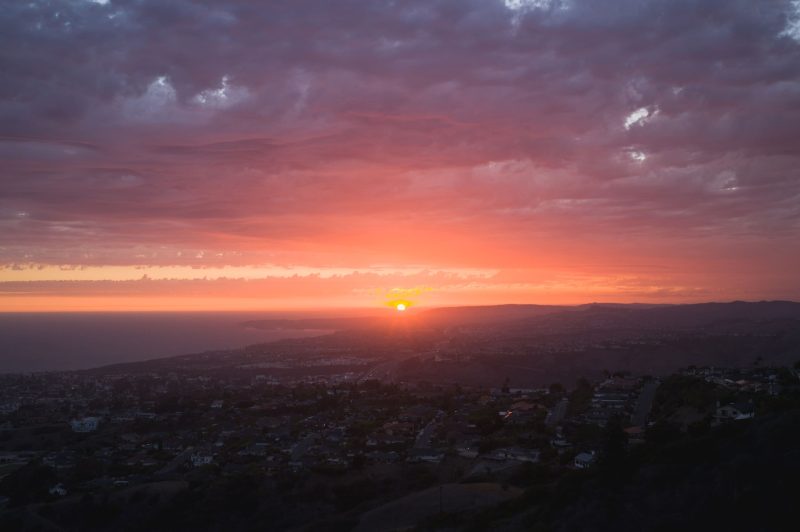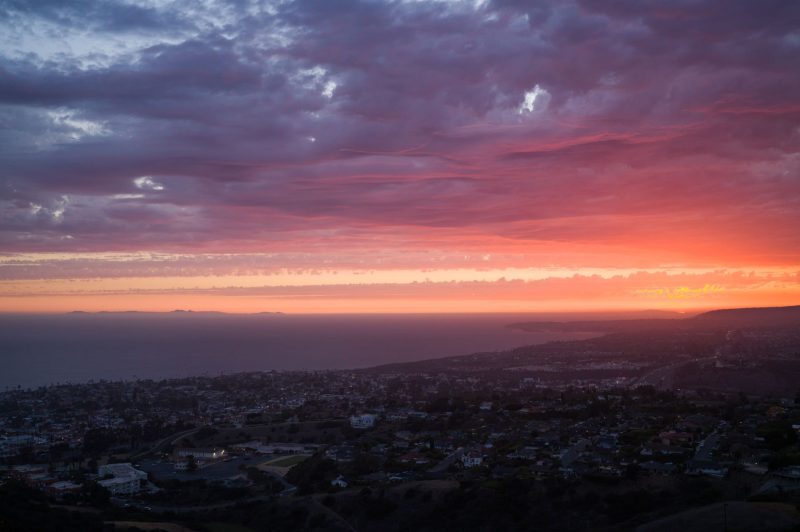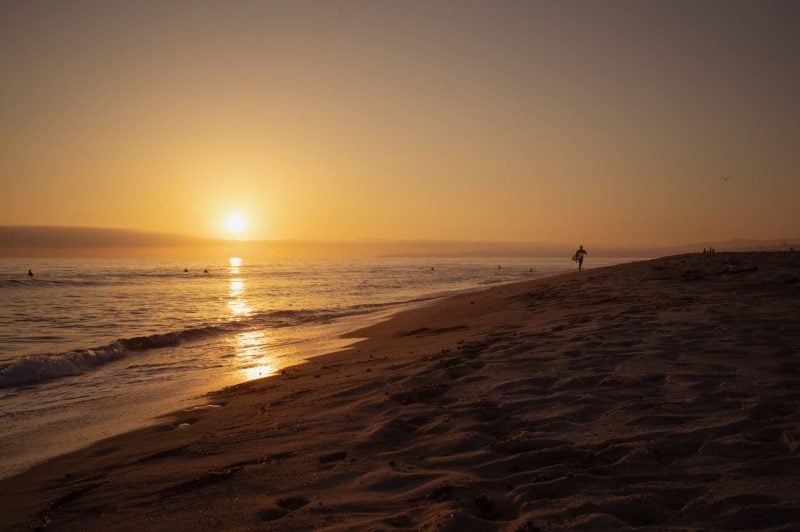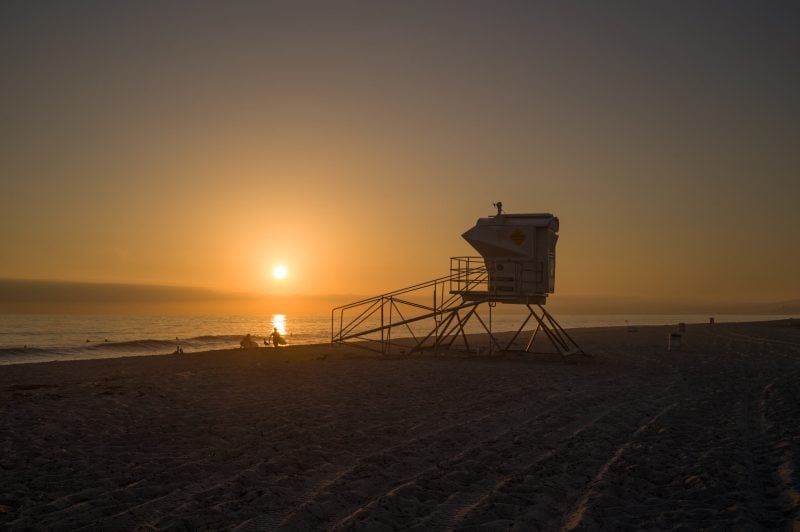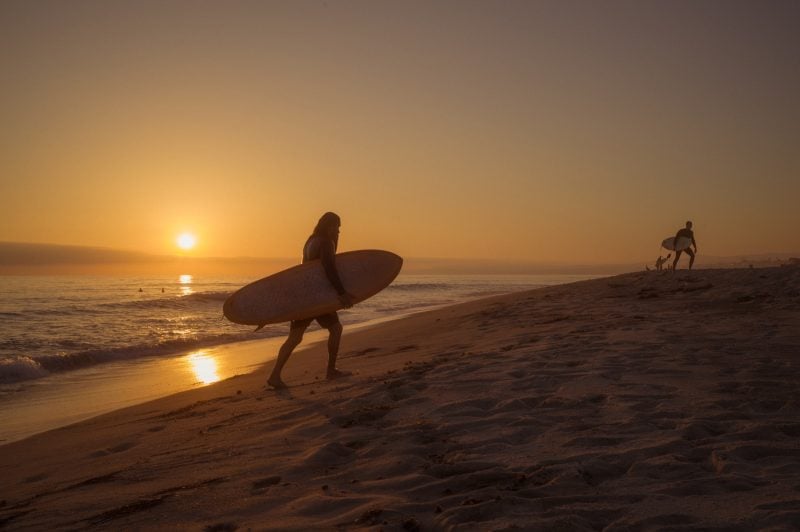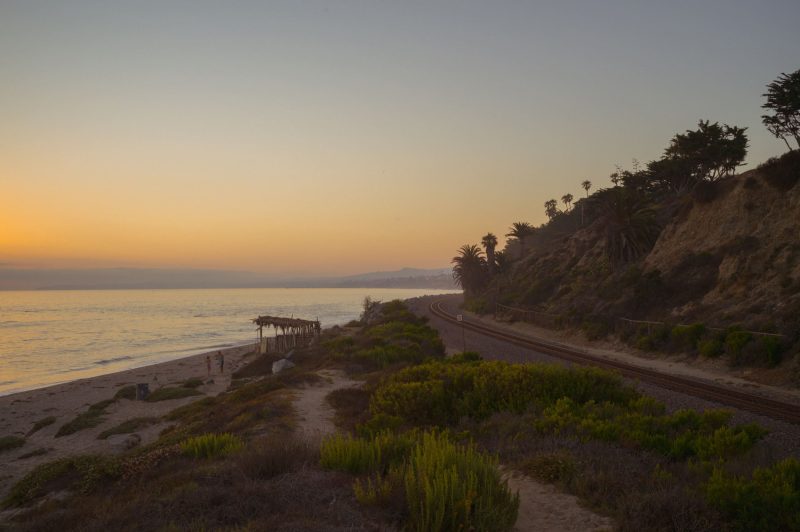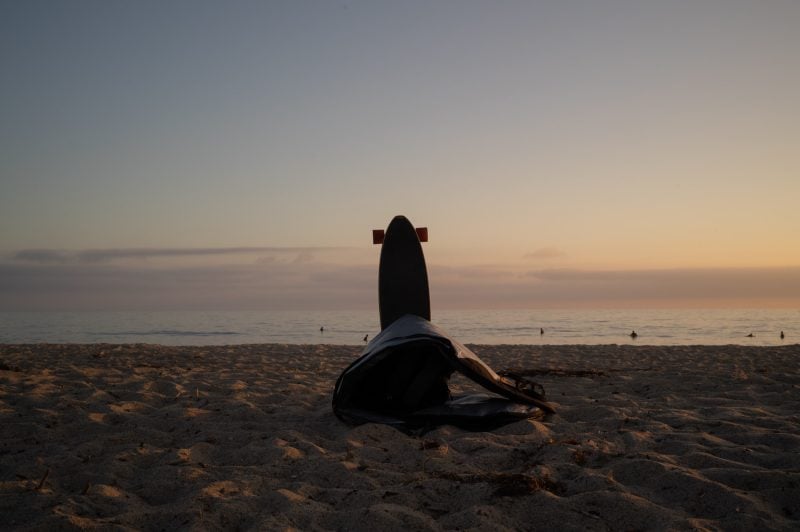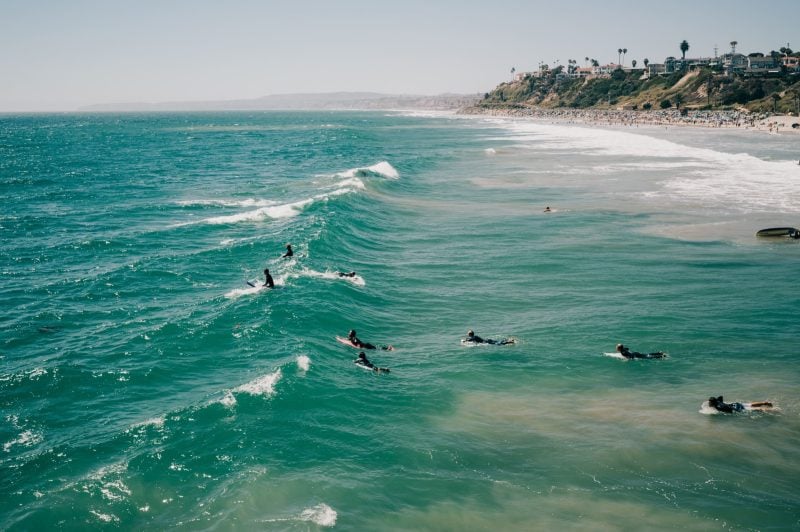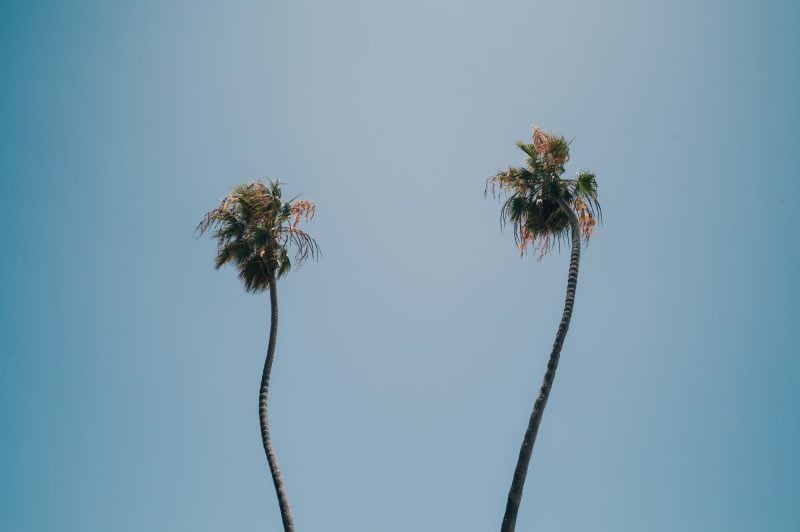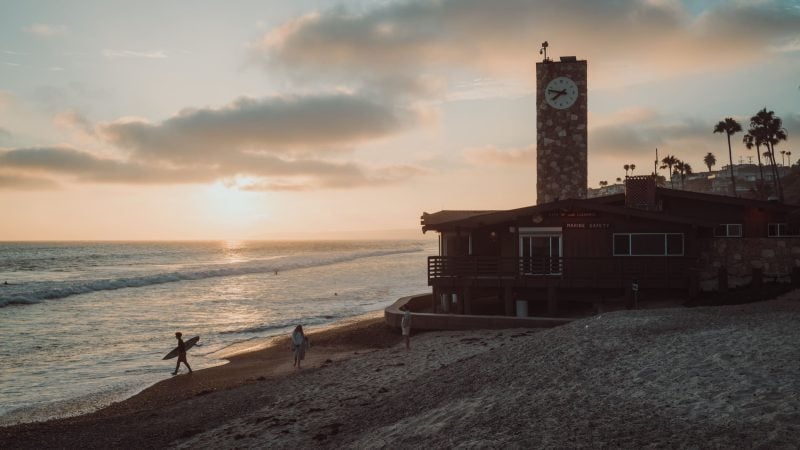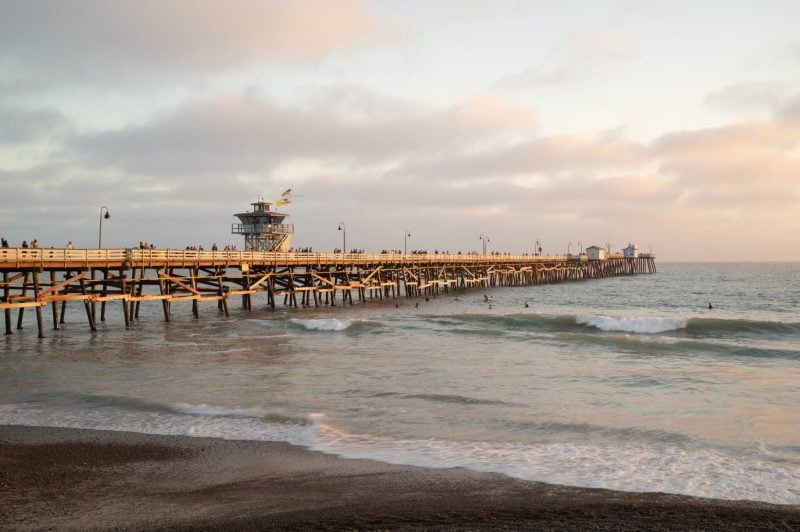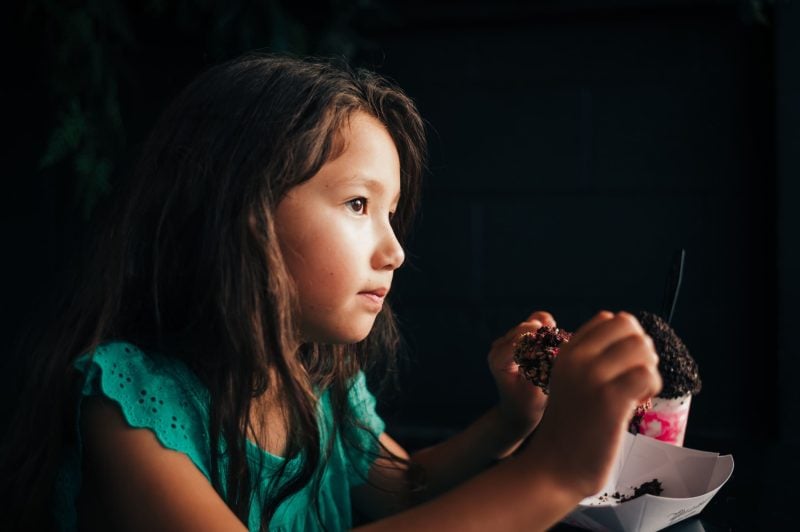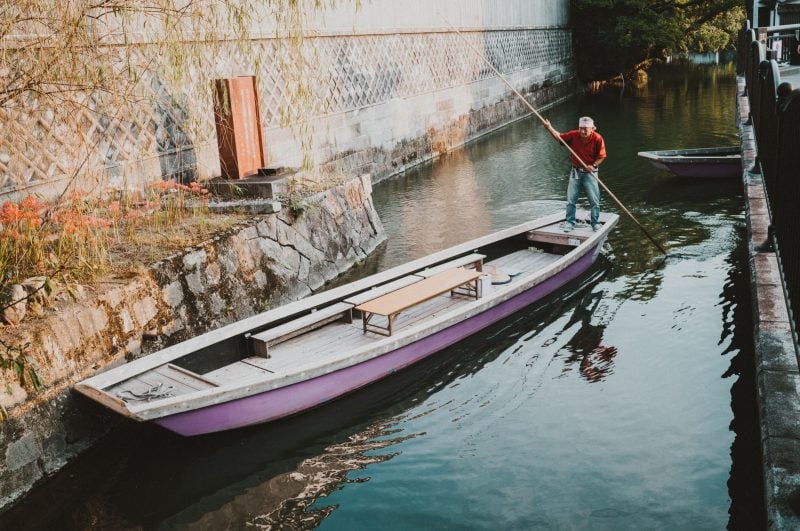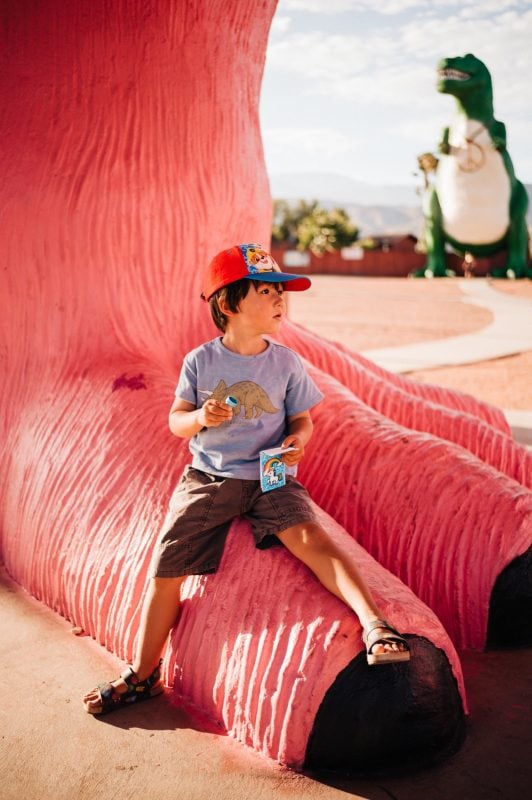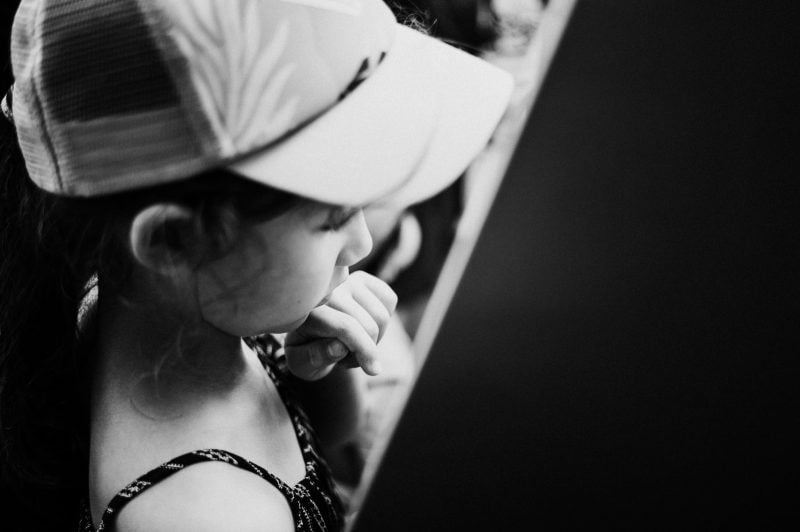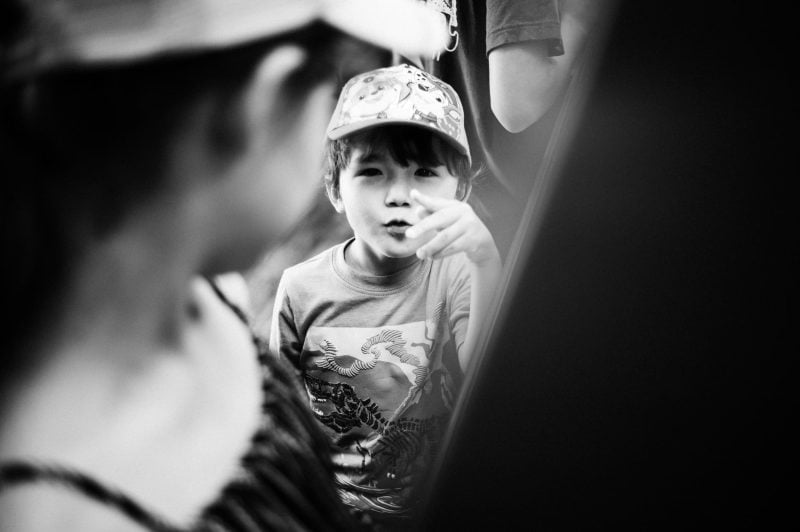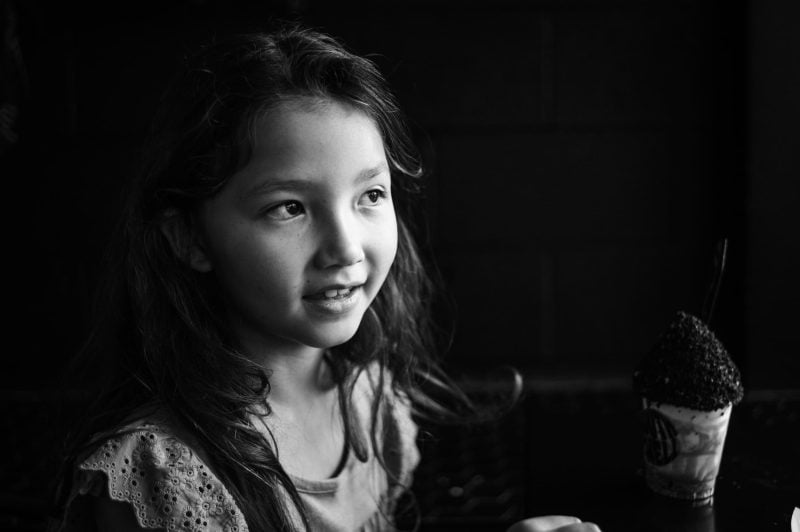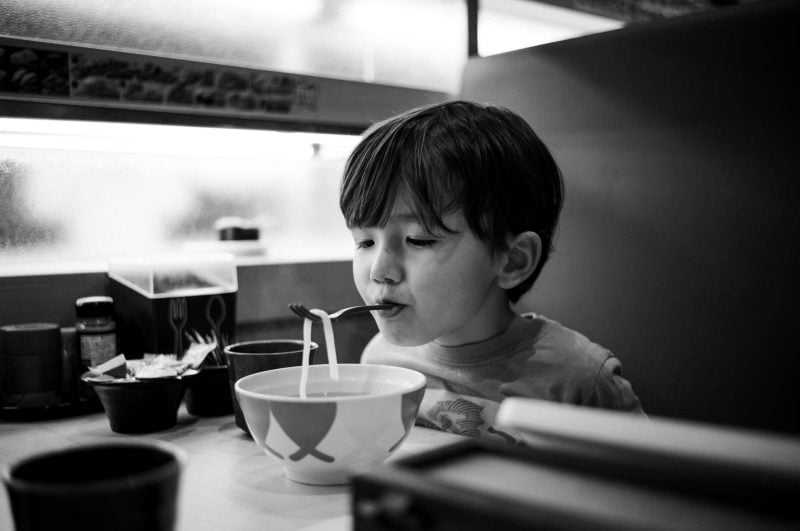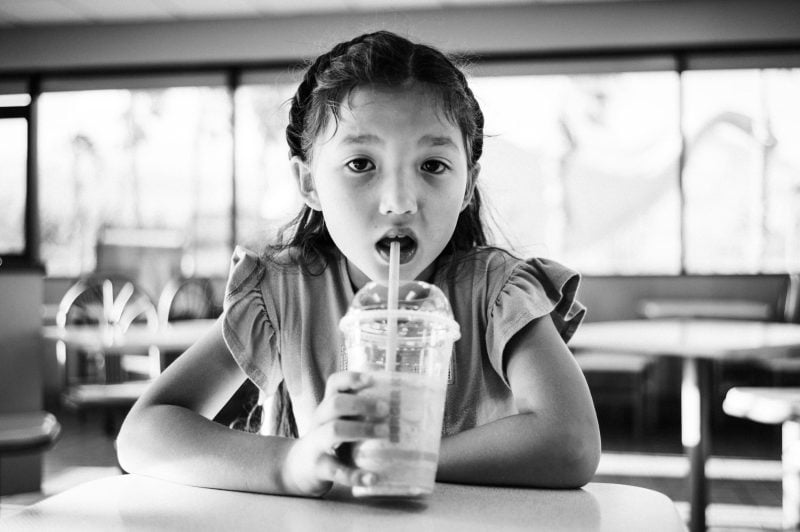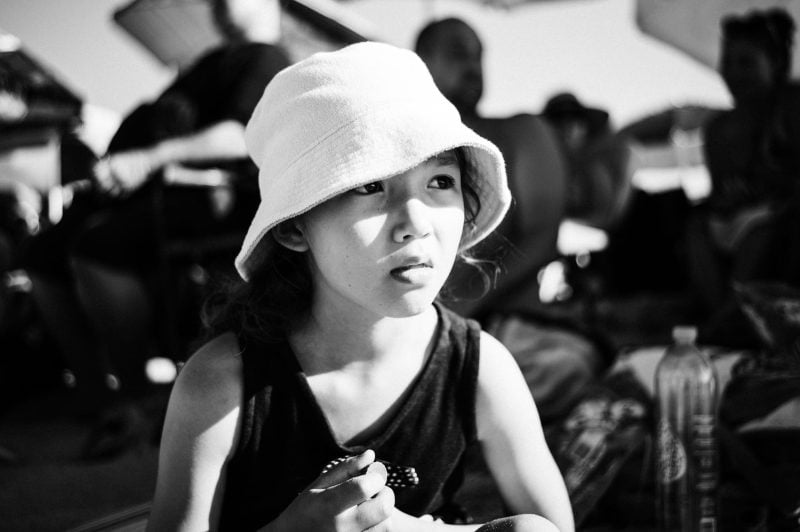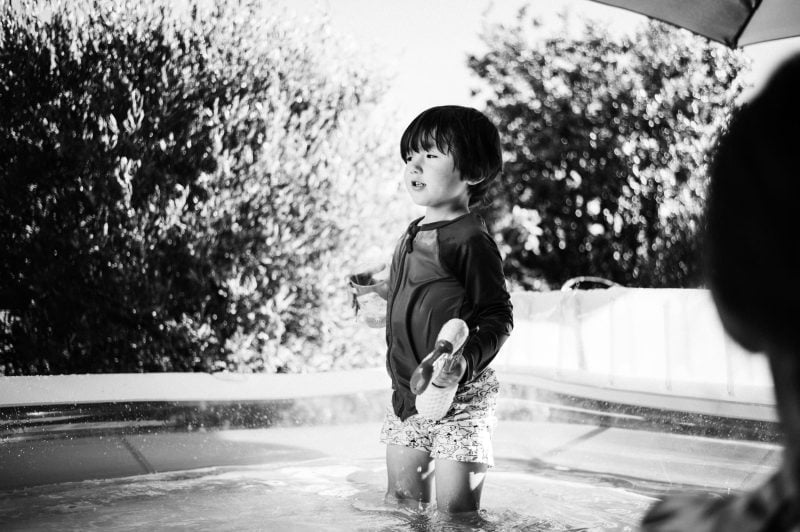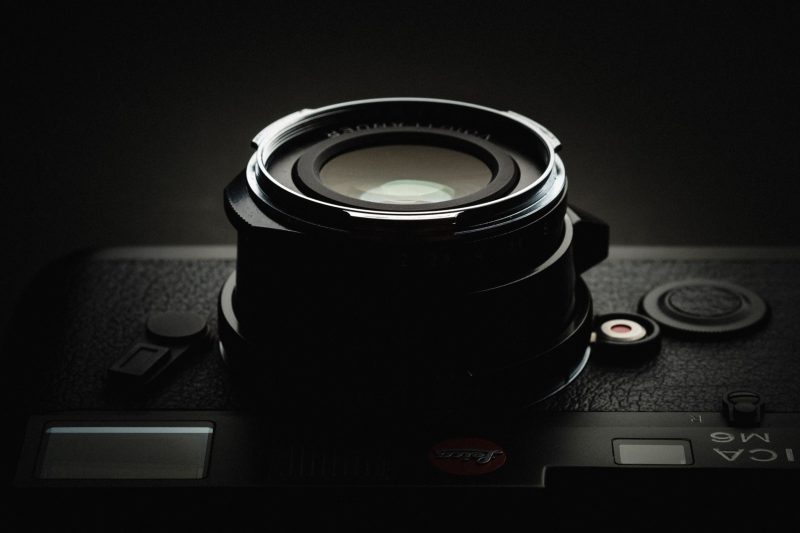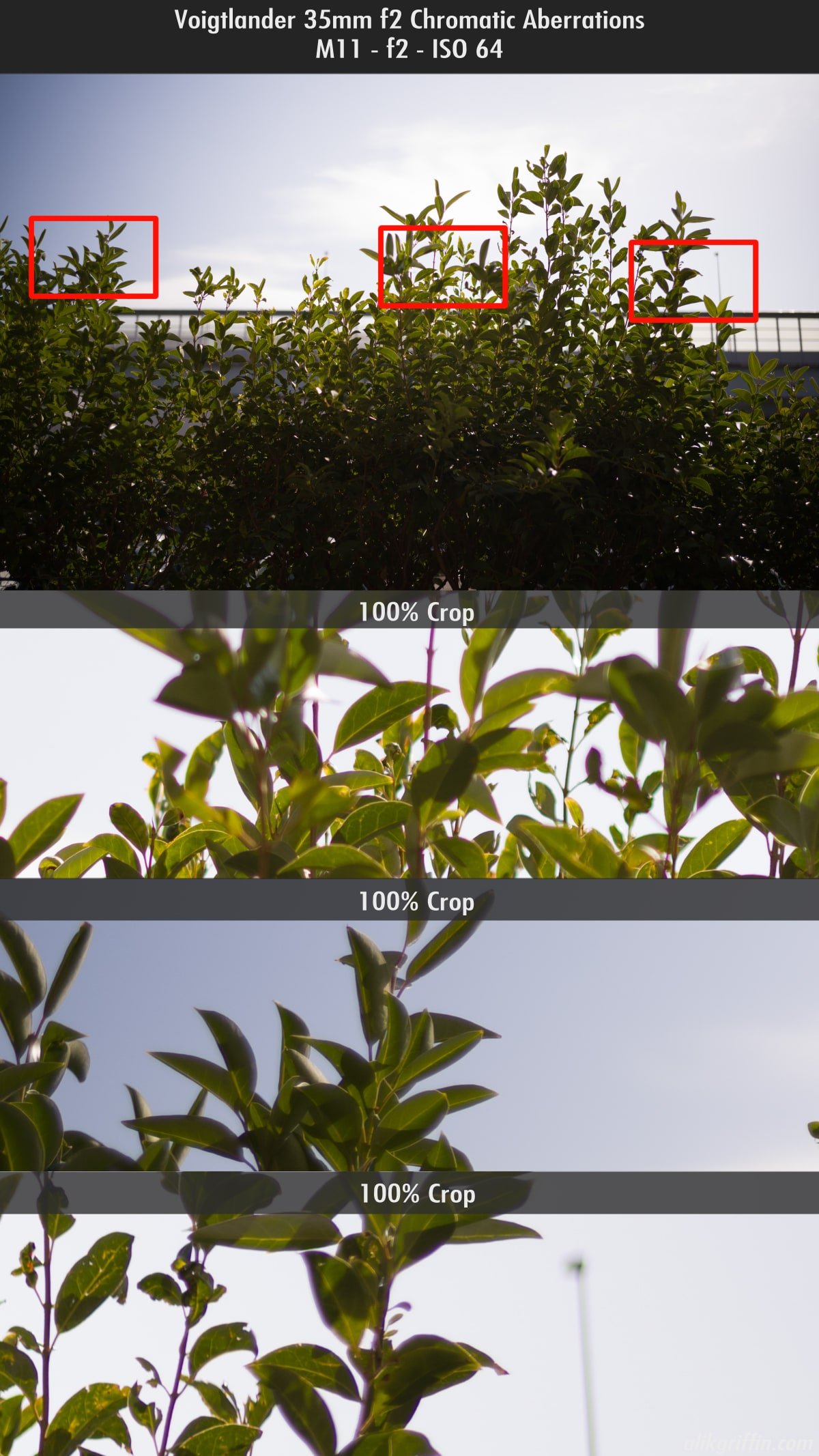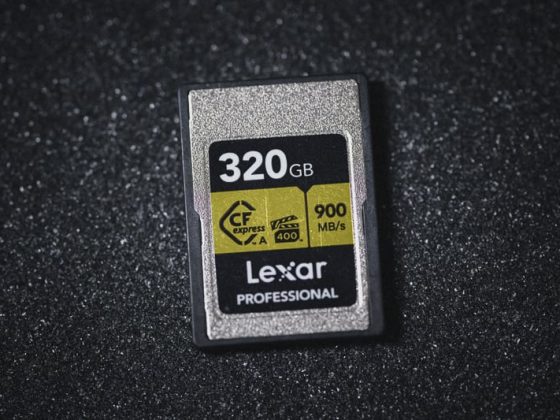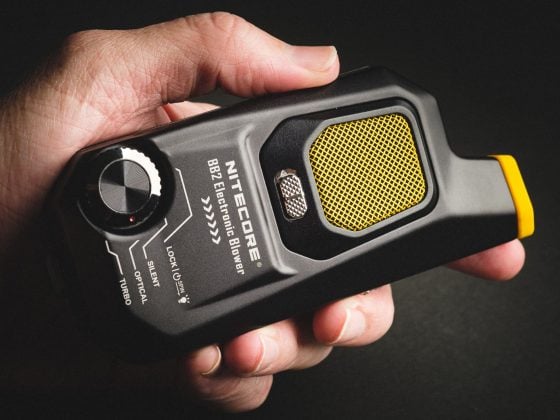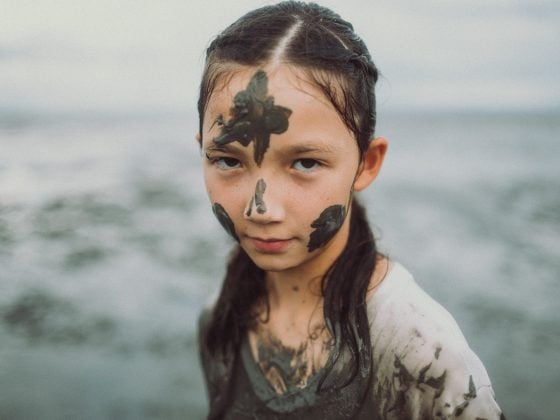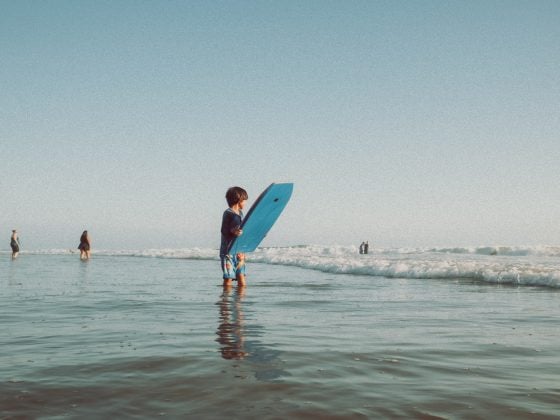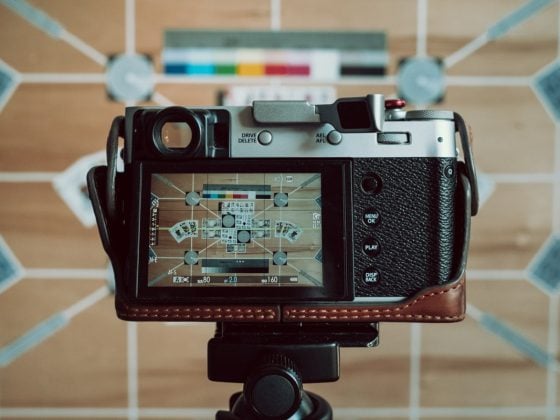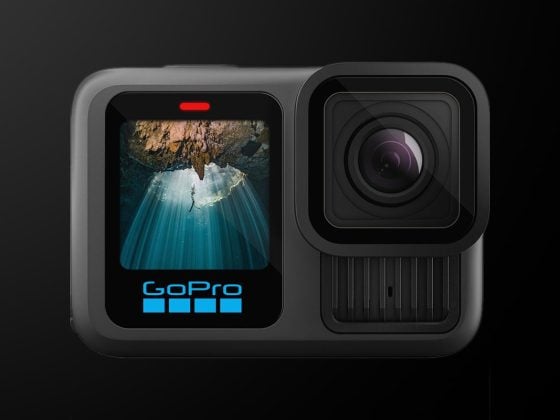The Voigtlander 35mm f2 Ultron of the Vintage Line is a small, lightweight, full-frame lens designed for Leica M mount cameras. This manual lens includes an aspherical element that provides good corner-to-corner sharpness, making it a great choice for casual photography with street scenes in mind. Although its image quality is surprisingly good for its size, some users may find its rendering or character less than ideal.
Voigtlander 35mm f2 Type II Review
Lens Specs
| Focal Length: 35mm Aperture Blade: 10 Aperture: f2 – f16 Elements: 8/5 Coatings: Multi-Coated Weather-Sealed: No Minimum Focus Distance: 1.9′ / 58 cm Filter Threads: 39mm Weight: 7.4 oz / 210 g – Black Paint Version |
Available At: Amazon / Adorama / B&H
Check the full list of Leica Lenses.
Pros: Decently sharp wide open with good sharpness in the corners, decent micro-contrast, high contrast, good saturation, very distinct sun stars, controlled CA, overall performs well as a tiny lens.
Cons: Heavy diffraction starting at f8, some issues with sticky focus, some helicoid grease at the rear of the lens, chattery bokeh, and expensive lens hood. Nothing really great about the character of the images.
Summary: The Voigtlander 35mm f2 Ultron Type-I or Type-II are great walk-around everyday lenses since they are very compact. Because of the smaller size, they don’t have a great wide rendering for shooting things like portraits or people. The background bokeh is very chattery, and there is an inconsistency between the corners to the center that produces backgrounds that are overall very distracting unless you’re shooting black and white, where many of these distractions are not as apparent. This lens is great for shooting at around f2.8 to f5.6 for landscape, travel, or street photography.
For portraits, I would choose a lens with an even more classic design for better micro-contrast, like the Kipon 35mm f2.4, or one of the classic non-aspherical Zeiss or Leica lenses, or I would go with a faster lens and a bigger lens.
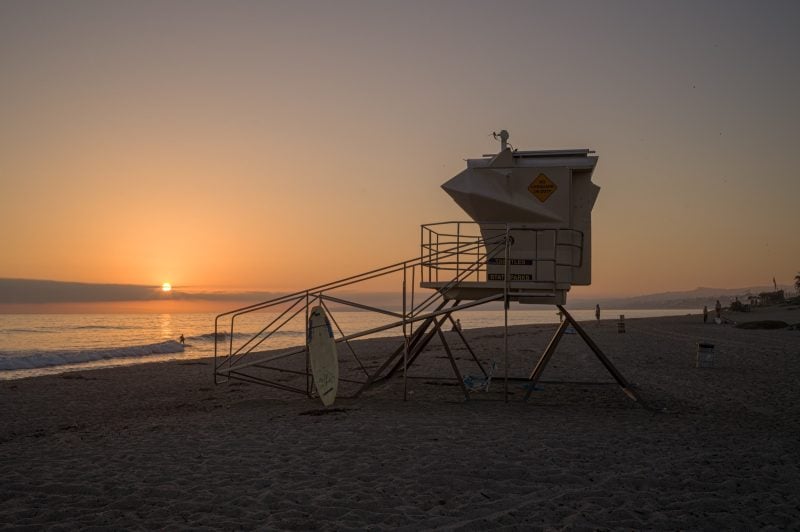
First Impressions
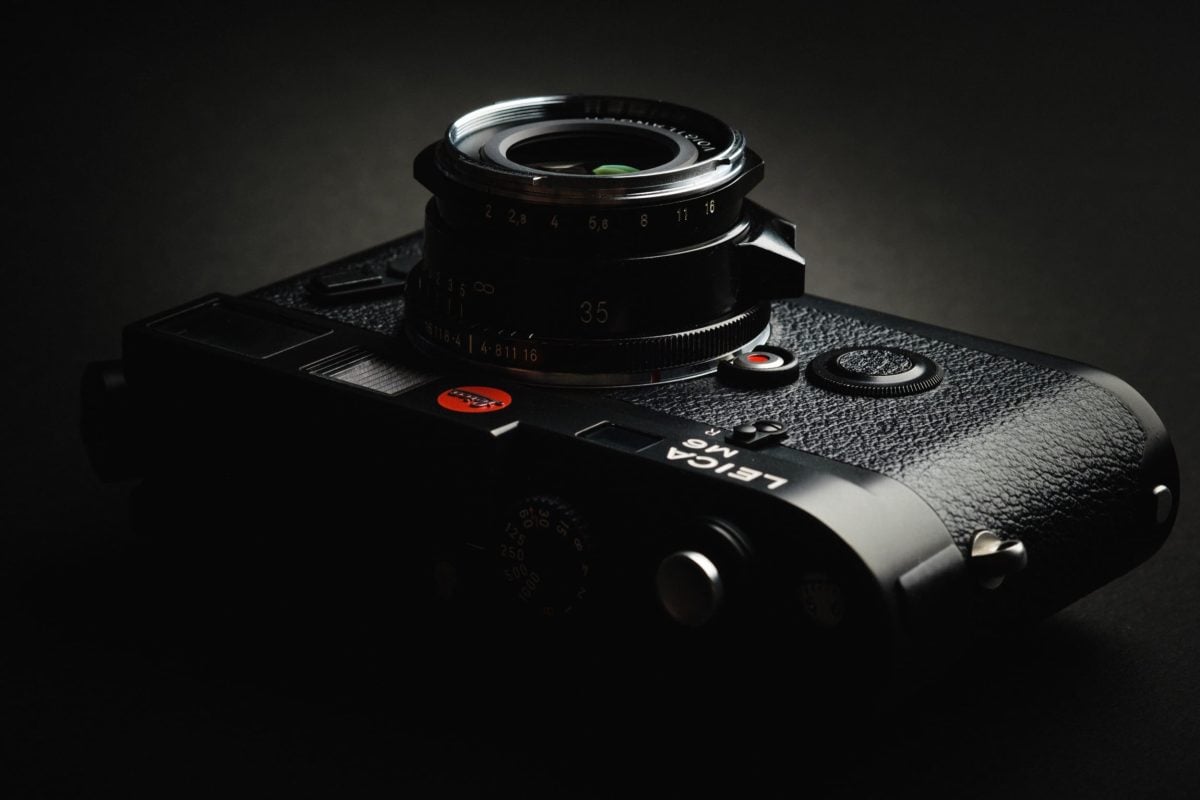
I didn’t like this lens at first.
My first copy was bad, and the left side would not render detail at all, which is fine; it happens. I sent it back for an exchange, and my second copy came in. I was in Japan for a few months during this process, so it sat in storage for a few months. When I finally got back to the United States, I tested out the lens, and the focus was very sticky and rough. I was very annoyed, but optically, it was close to a perfect copy.
Because of the sticky focus, I contemplated sending the lens back to Voigtlander, but first, I thought I would try it out for a while just to see if it would improve. It didn’t last until a few days when it dawned on me what was going on—more on that later.
Regarding image quality, it took me a while to figure out how to make this lens shine. It’s a tiny lens, and tiny lenses often come with some compromises, and this lens has some. I was on an M11 with 60MP, but I often shoot at 38.5MP, and I was really looking for a small light travel that I could use for landscapes. So the first thing I did was go out and shoot some local landscapes at f8-f11, and the images weren’t super sharp like I had expected. I first thought maybe shutter shock, but then I ran some tests and discovered the lens just has some bad diffraction that comes in fairly early. So, f5.6 or f4 really seems to be the limit for high-detail images. Good to know now I’m getting very sharp images.
Next, I wasn’t really in love with the chatter-busy bokeh; again, it’s a tiny lens, and you have to accept some compromising. As more images came in over the months, I started noticing what images I liked and what images I didn’t like. For me, this lens ends up performing really well when stopped down while shooting travel photography and landscape-like scenes, street photography, or black-and-white photography. I like it at around f2.8 to f5.6 for more far-away photography.
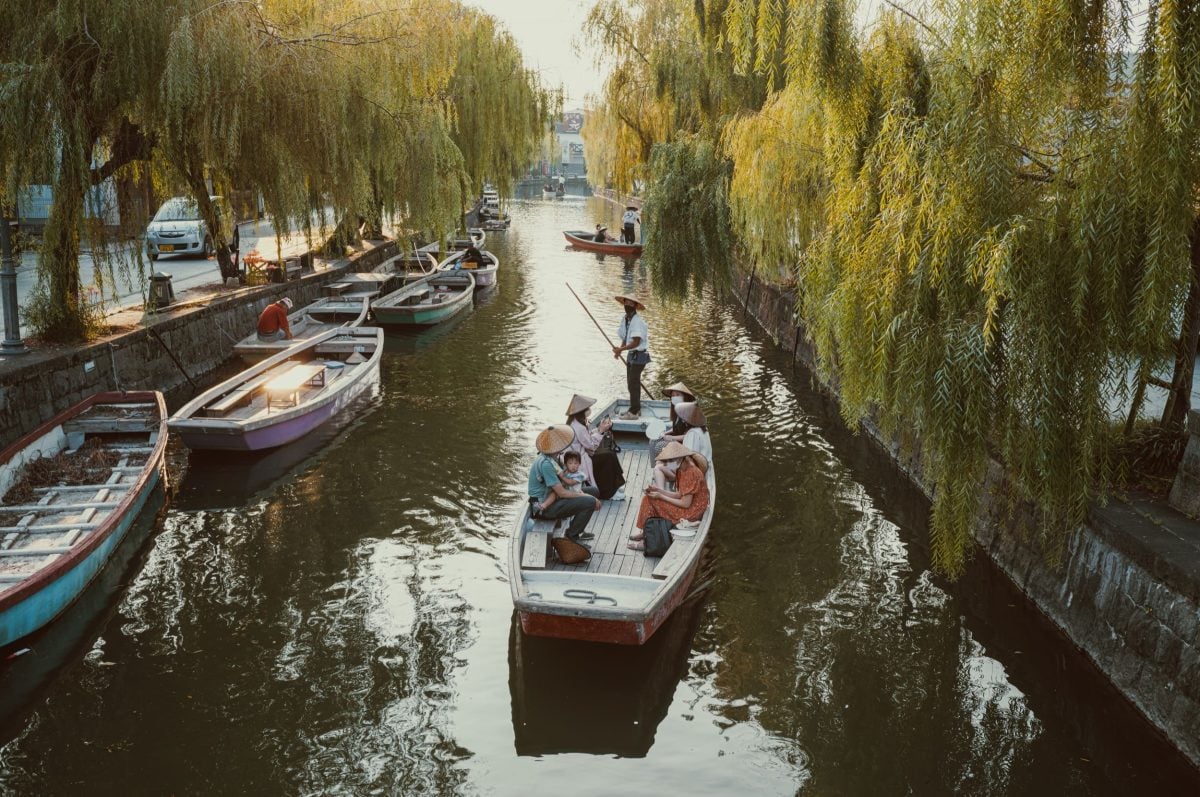
In the beginning, I started out not liking this lens very much, mainly because of the price and the build quality (sticky focus), I wasn’t really familiar with the limitations so I was getting very mixed results. Now that I’ve figured out what the lens can and cannot do, I shoot within those restrictions and like this lens for what it is. It’s also a great lens for film cameras since this is more how we shoot on the Leica rangefinders anyway.
If I could only have one 35mm lens, this lens wouldn’t be it as it’s just not great for portraits and doesn’t really have great character when shooting those closeups wide open. However, because of the tiny size, I’ve found it to be incredibly useful and I’ve been using it constantly out of convenience.
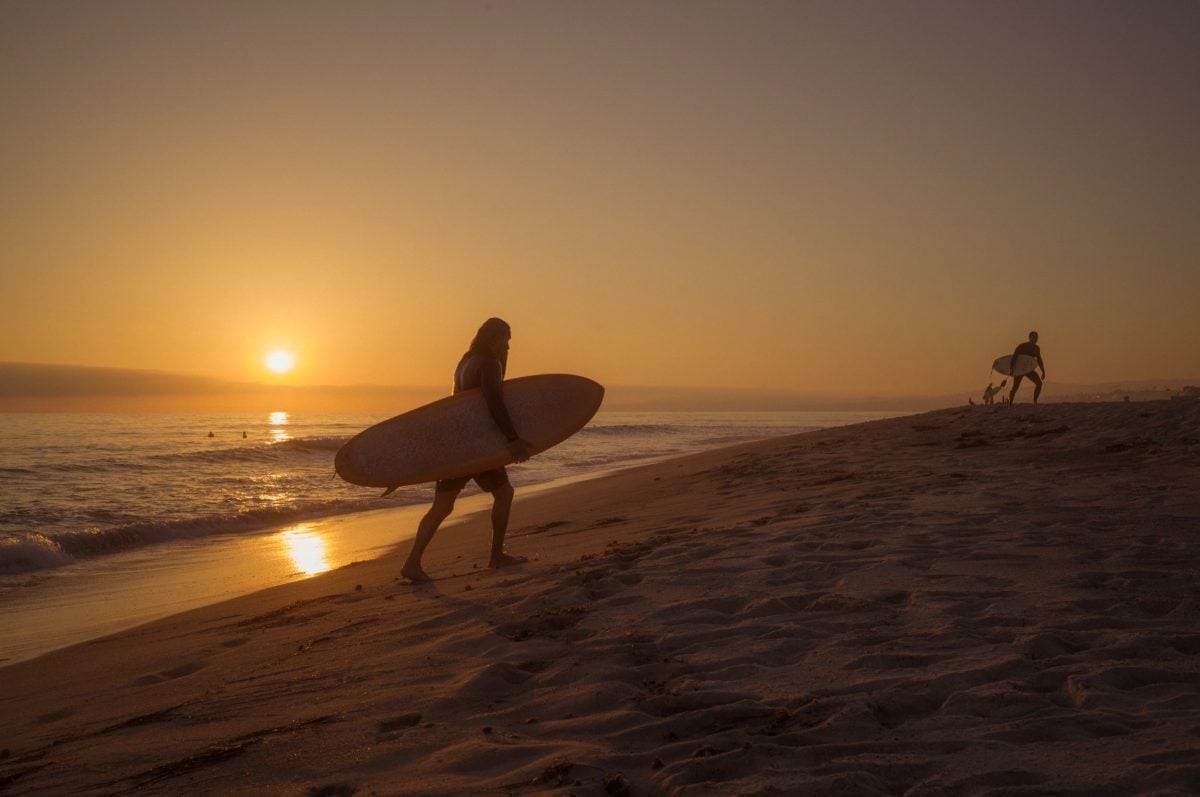
Image Quality – This lens often gets praised for being sharp, “sharper in the corners than the Leica 35mm f2.” This lens is pretty sharp but with a catch.
At f2.8 to about f5.6, you’ll have no issues with sharpness, even on something like a Leica M11, with the sweet spot being around f4 with most cameras.
Diffraction comes in pretty early with this lens, so on any high-resolution camera, you will see a significant drop in resolution starting at f8, and I would avoid f11 and above altogether.
Optically, there is really no magic in the rendering of this lens, but on the technical side, there are a few nice things. Great contrast, pretty good micro-contrast, and pretty good CA control.
The great contrast and micro-contrast will really help create punching detailed images. Besides that, it doesn’t hold a candle to the beauty of the Voigtlander 35mm f1.7 Ultron with the way that lens renders bokeh and the focus falloff. I would say this lens really is designed to be a ‘just get the shot’ type of lens – which it does very well.
Bokeh has a light swirl with some bubbly characteristics and is a bit nervous and busy, especially as the subject moves further away.
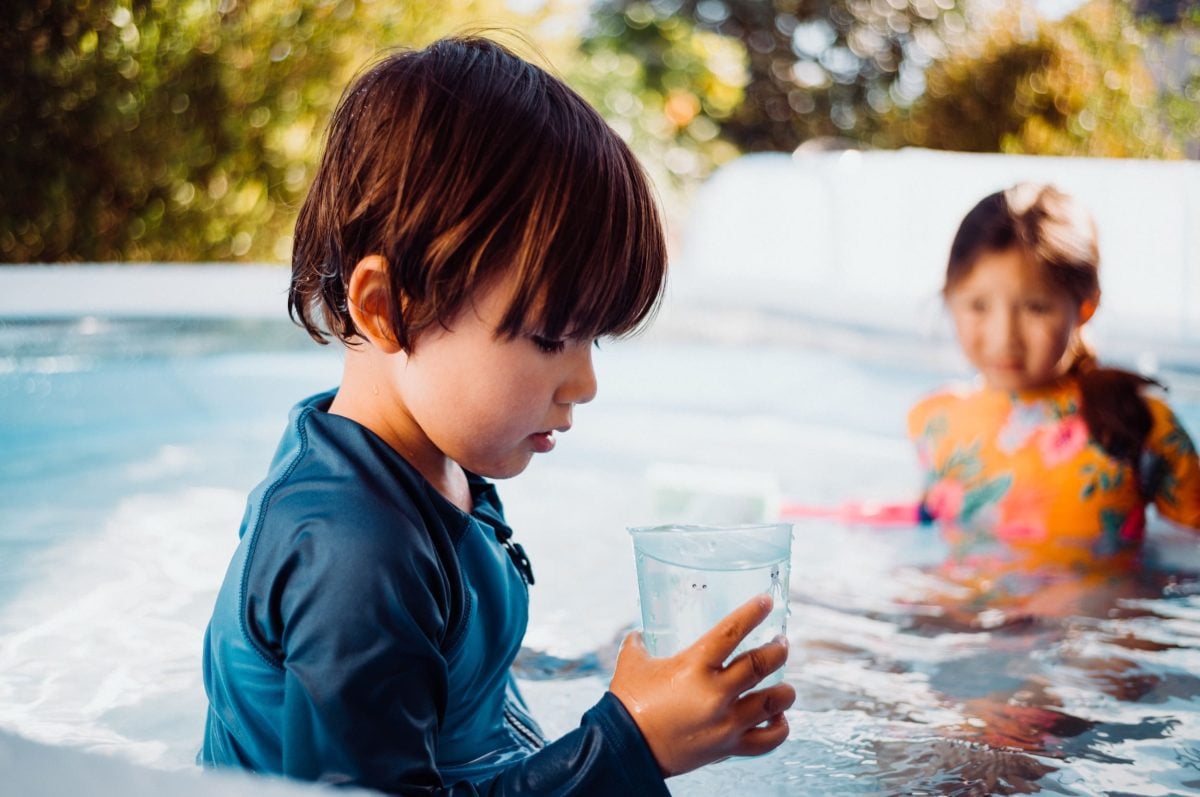
What I Like About These Vintage Lenses – All of these Voigtlander lenses from the Vintage Line are actually pretty good for how small they are, but you really should only buy these lenses if you want small and light lenses. They might actually be the best small light lenses right now.
Even though I have the Voigtlander 35mm f1.7 which is just pure magic, I often find myself taking this 32mm f2 Vintage lens when I’m just shooting very casually and want the smallest and lightest setup I can get.
The 35mm f2 won’t really add any unique character to your image in the way some of the other Voigtlander lenses do, but once you break the lenses in and get the focus working smoothly, it’s a fun experience, especially with the focus tab.
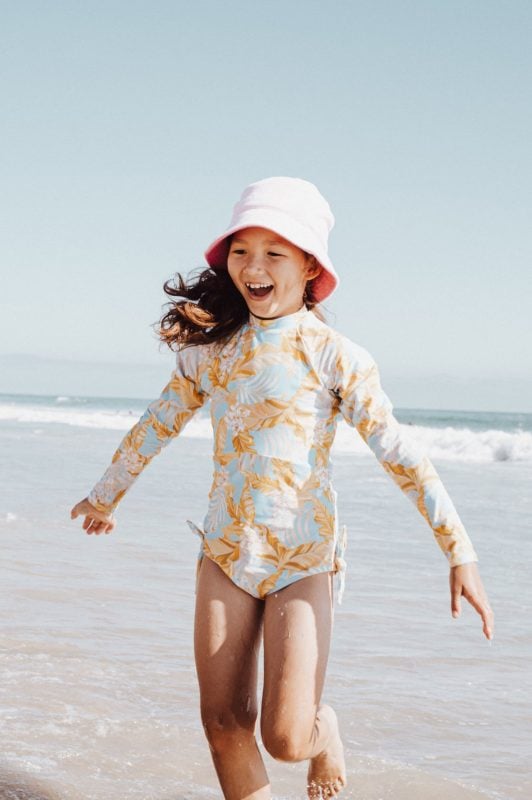

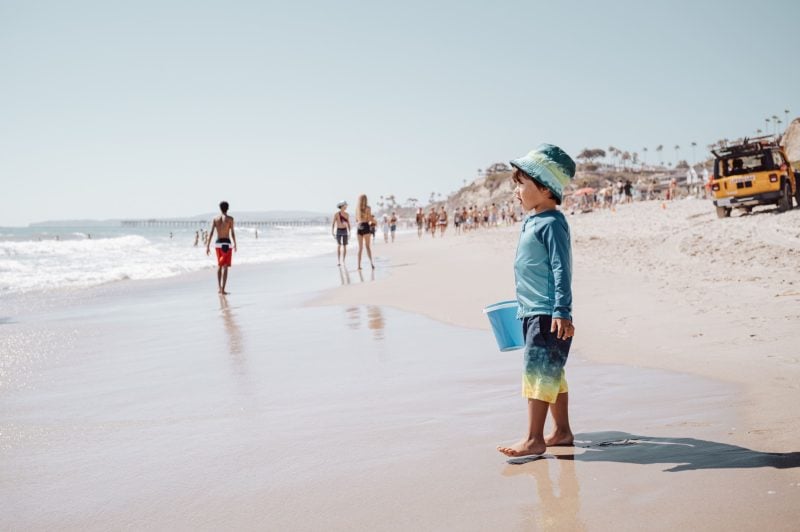
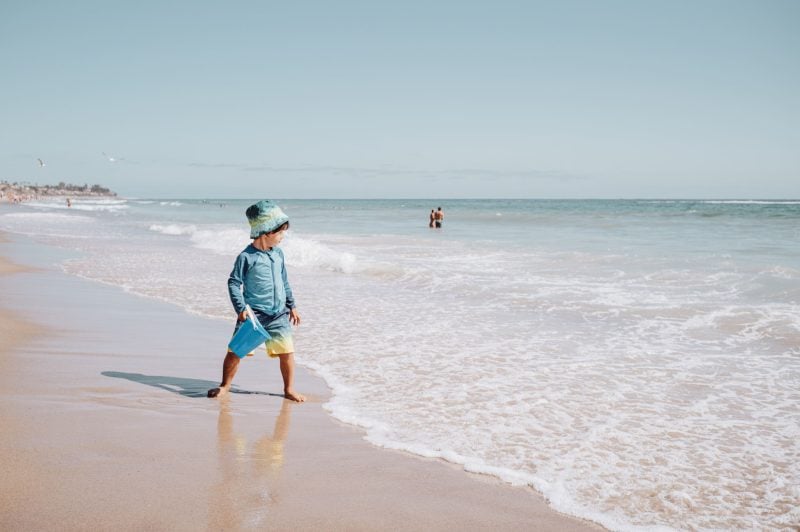
Build Quality
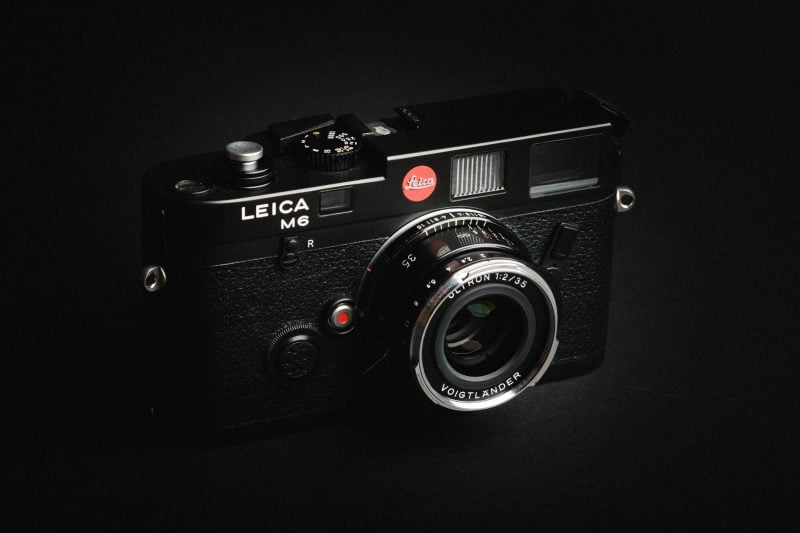
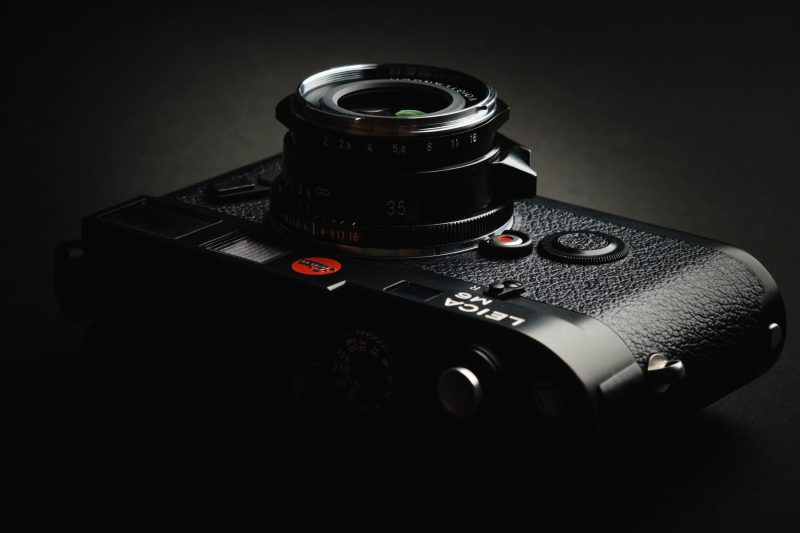
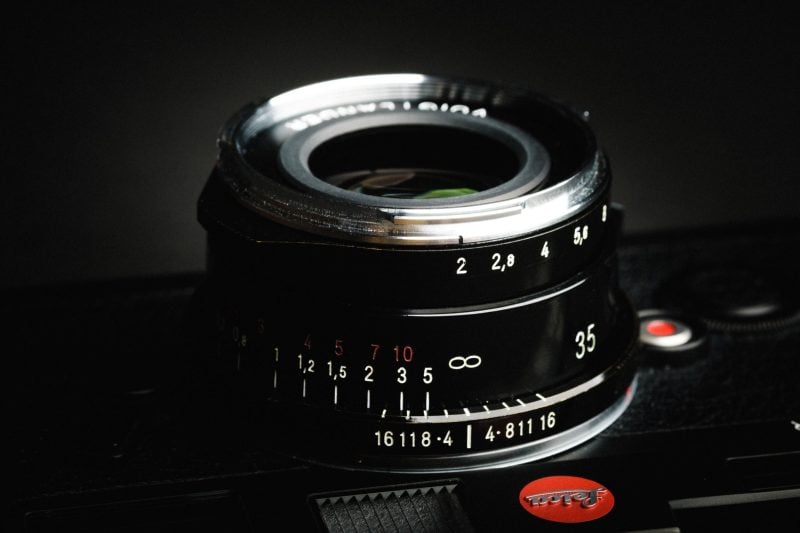
These Voigtlander Vintage line lenses often come in two styles, the Type-I and the Type-II. Usually, the Type-I lenses are maybe aluminum or zinc and have lighter builds. The Type-II often comes with black paint on brass or a silver design that’s often a little heavier but feels a little more classic.
I love the black paint design, which is black paint over brass, so this lens will look very vintage as it ages. Very cool, kind of a gimmick but cool. One disappointing thing about this is the focus tab is not brass but possibly zinc. This is the first area that begins to wear and you will see silver under the black paint.
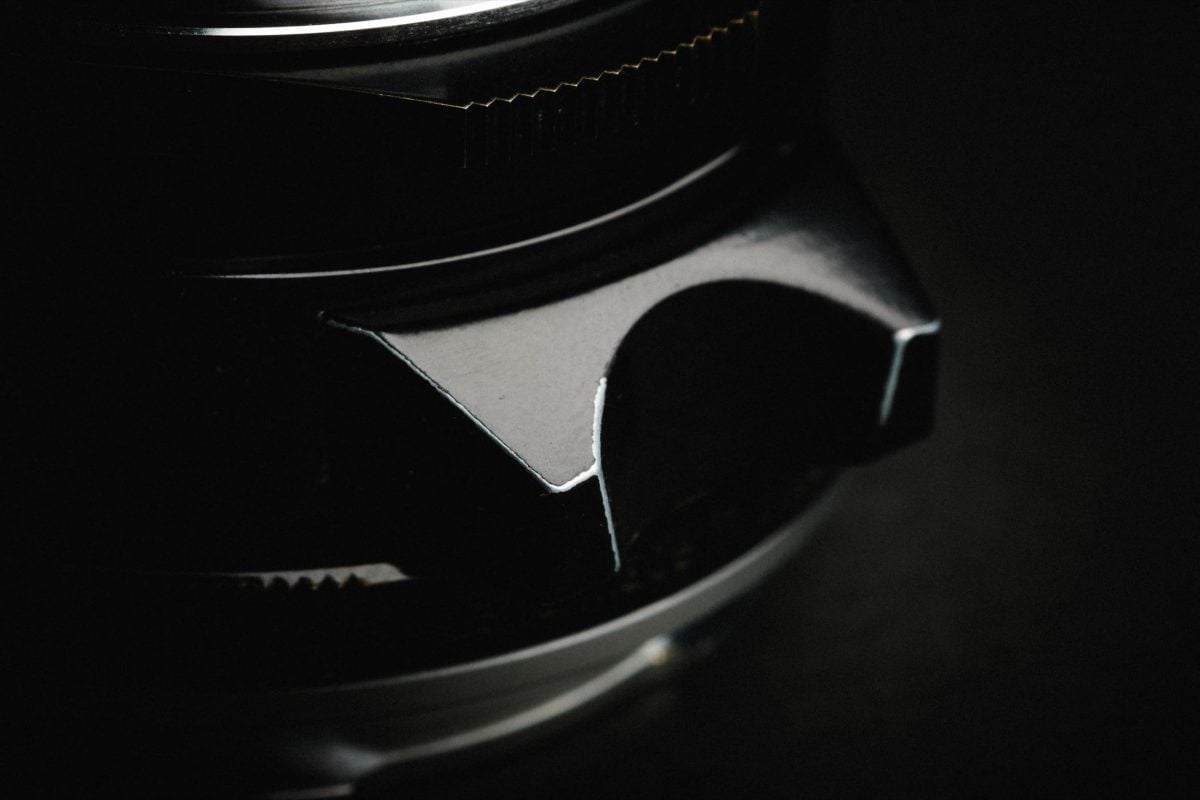
What I don’t love are the few problems with the build, like the sticky focus.
Even when you work the grease into the helicoids and fix the sticky focus issue, it still tends to stick if you place any pressure on the outer barrel while trying to focus, so the user experience is never perfect.
The build quality feels simple and solid, doesn’t feel ultra-high quality because of the focus stick when you put pressure on that outer barrel. But besides that, the build quality in no way feels cheap. When focusing, the resistance feels the same throughout the whole focus range, which is very good, and there is absolutely no wiggle between the front and rear barrels – also very good.
The aperture ring surprisingly feels good for a Voigtlander, usually, they are way too loose or they just break over time – this one has the perfect amount of resistance.
On the backside of the lens, you can see the brass helicoids. This looks cool but you will have to be careful with the exposed helicoids on this lens since this can expose clumps of grease. I’ve had lenses leak grease into the camera in the past and onto the sensor, so you have to be careful about watching for any grease buildup as the lens ages.
Besides those couple of little issues, the Voigtlander 35mm f2 build quality isn’t all that bad once broken in, and overall, it feels like a little tank that I expect to last for years without any issues.
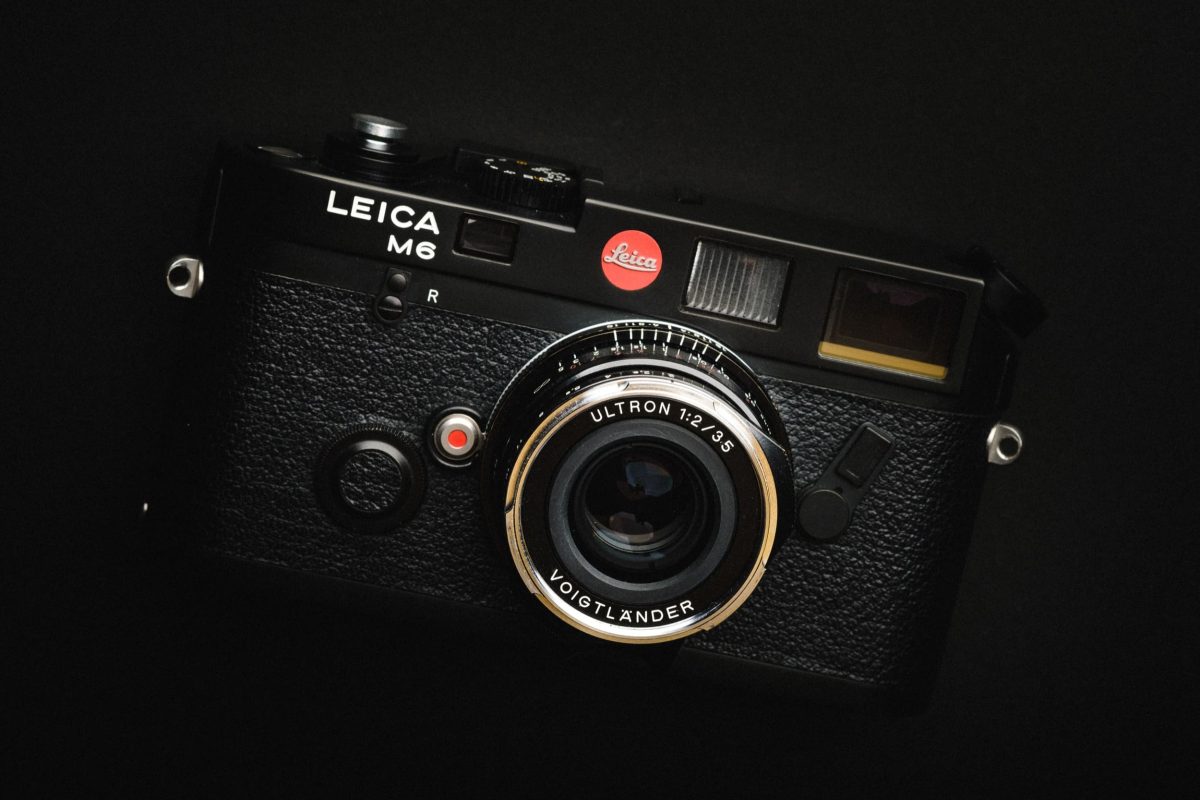
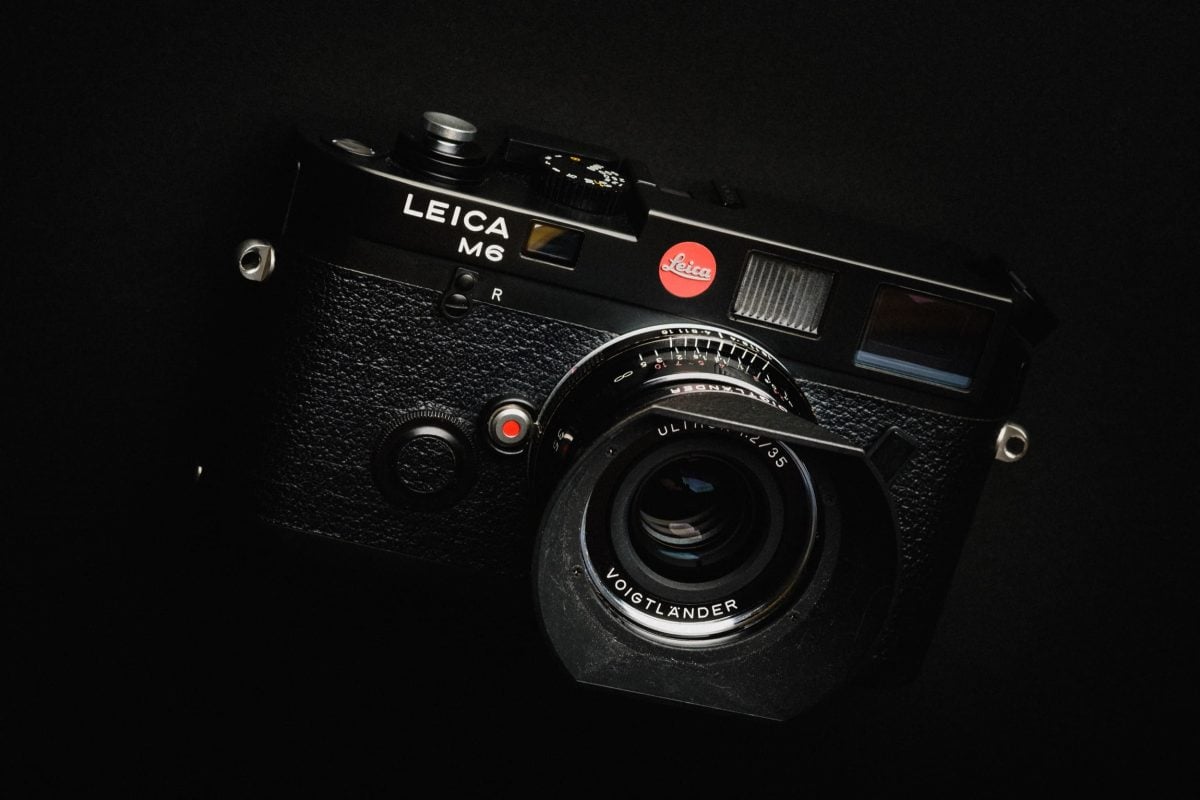
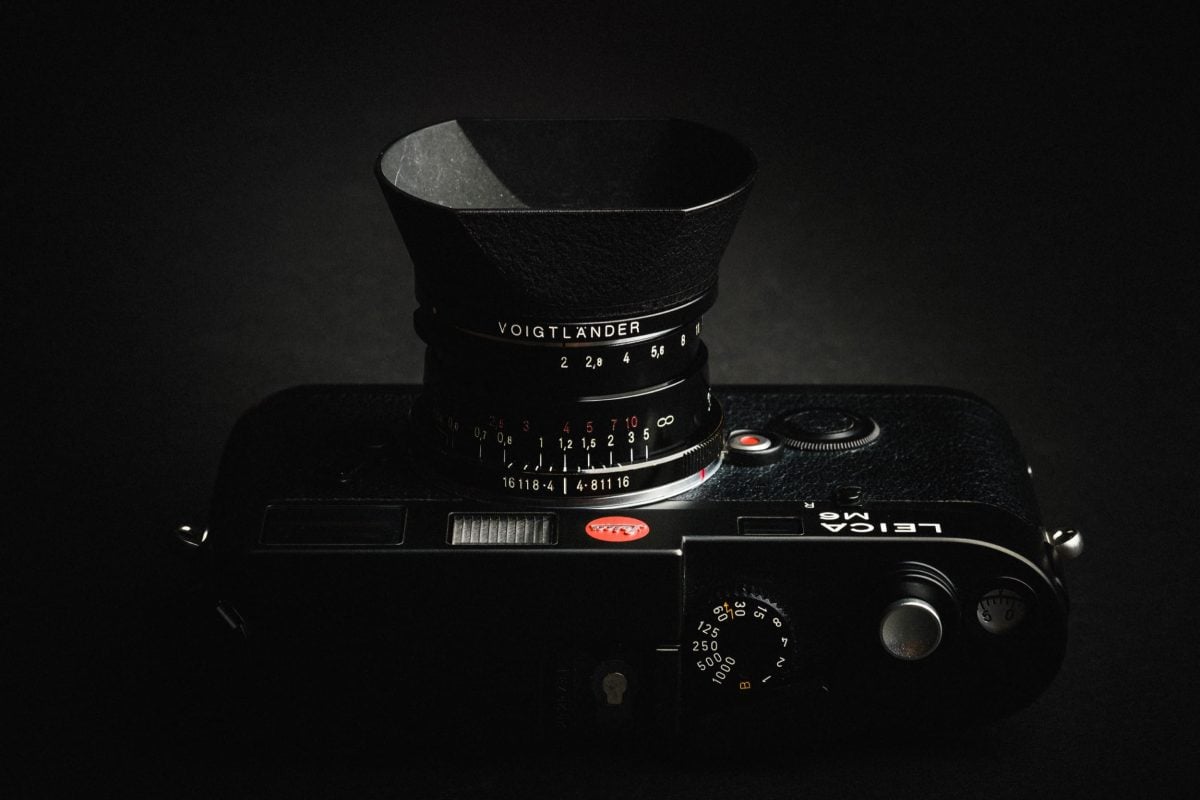
Voigtlander 35mm f2 Sticky Focus Issues – I see a lot of people complain about the sticky focus. I’m not sure why it’s sticky other than the grease is not applied well or, the grease just moves during shipping or storage. Don’t return your lens if you have the sticky focus; you can fix it in just a few days.
Here is how to fix a sticky focus in a Voigtlander lens.
If you have a Voigtlander lens with a sticky focus, the problem is not the mechanical tolerances being off; it’s just the grease on the helicoids, and you need the grease to work back into the helicoid grooves for smooth control. Sometimes, just using the lens will get the job done, but it didn’t for me.
I set the lens to its nearest focus position to expand the outer barrel of the lens fully, then overnight, set the lens face down. This allowed gravity to work the grease down all the little groves. Then I would use the lens during the day and work the focus a little, and over the next few nights set it back in this same position. By day three, the sticky focus was mostly fine. Mine was actually much better even on day two, even though it was very sticky and difficult to focus when I first got it.
Technical Overview
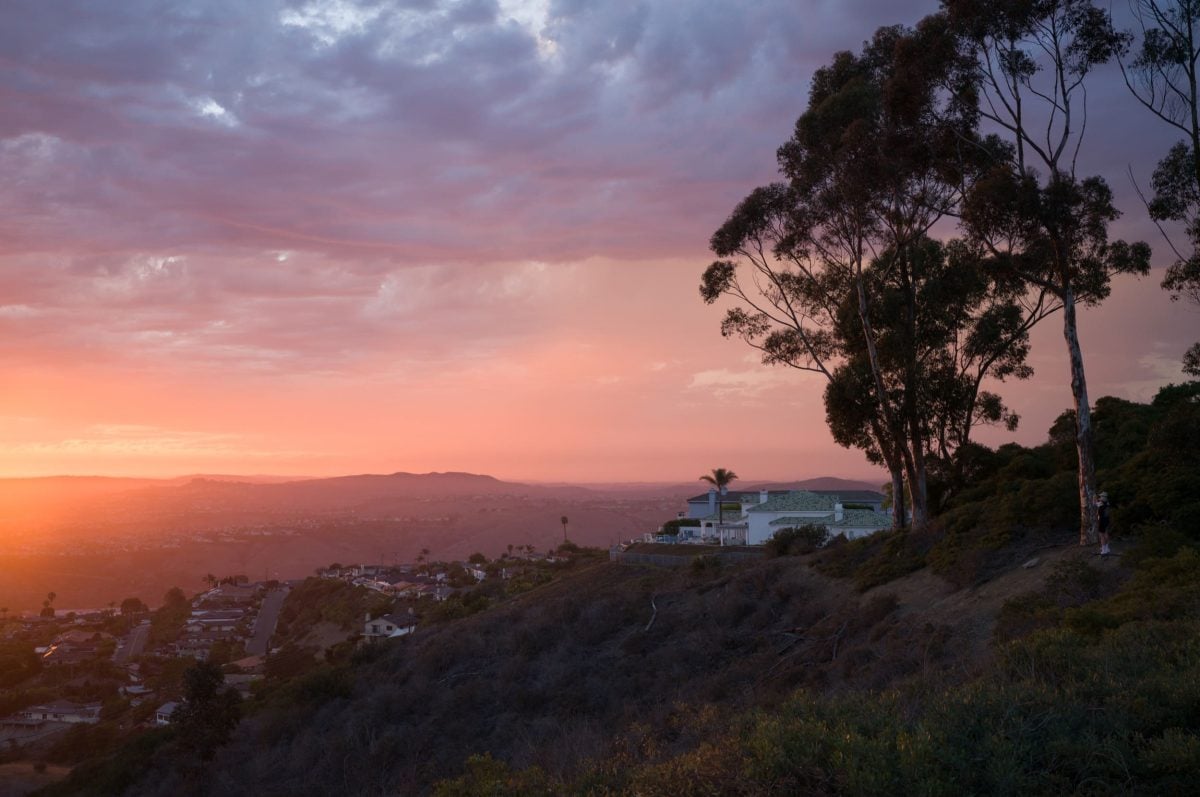
Sharpness
Sharpness is good, especially at close distances. Corners and edges also hold up well for this lens’s small size.
On the Leica M11 you can see diffraction reduces the detail quite significantly and the sweet spot for the max sharpness with a 60MP camera is f4. On an M10 or adapted to a lower megapixel camera, you would likely not see a big difference in sharpness from f8 to f4 due to diffraction. I would only limit my aperture on a high MP camera where max detail is important.
Center Sharpness
Decent at f2. It really snaps into clarity at f2.8. The image is great at f4 and f5.6 and on the M11 we start to see softness again at f8.
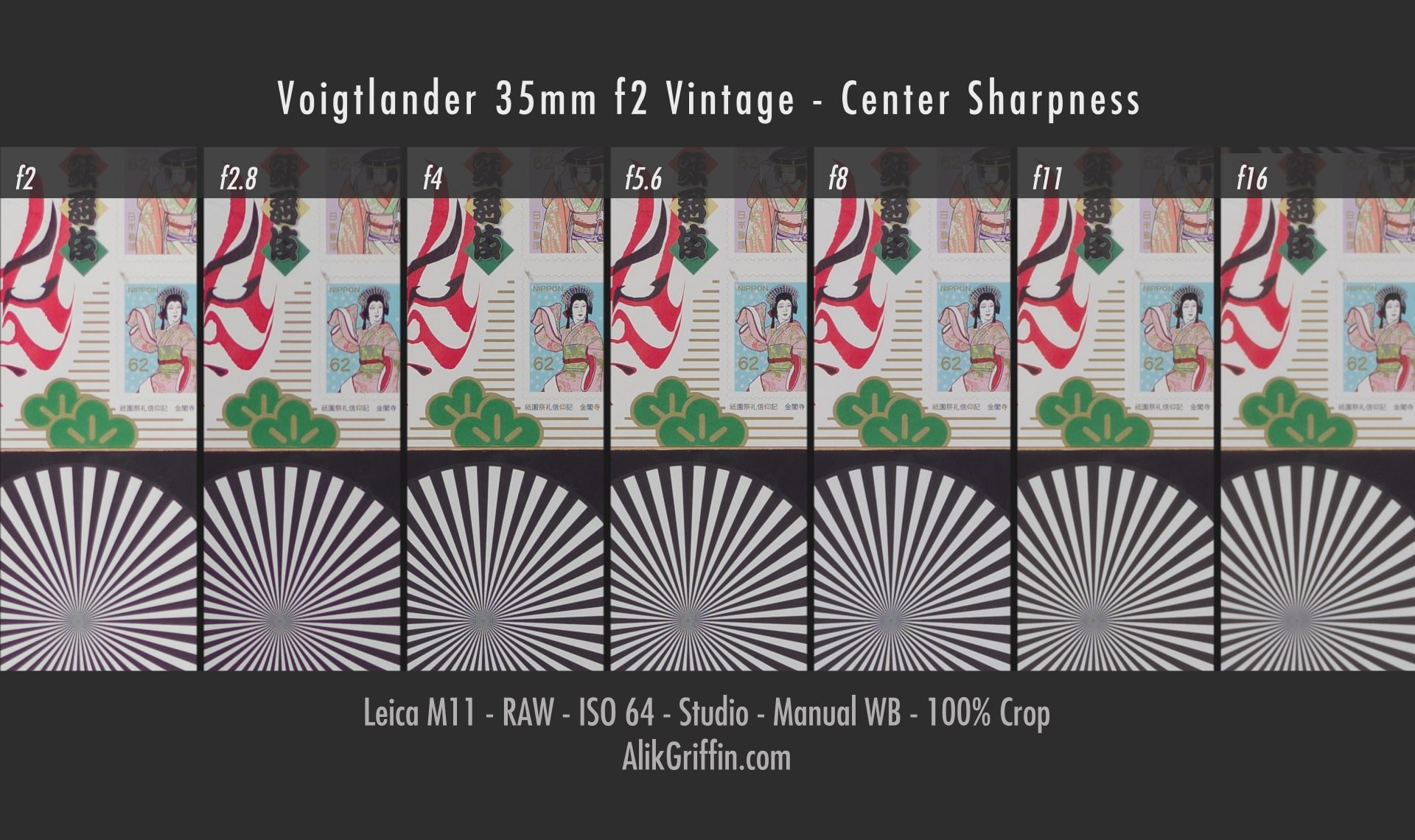
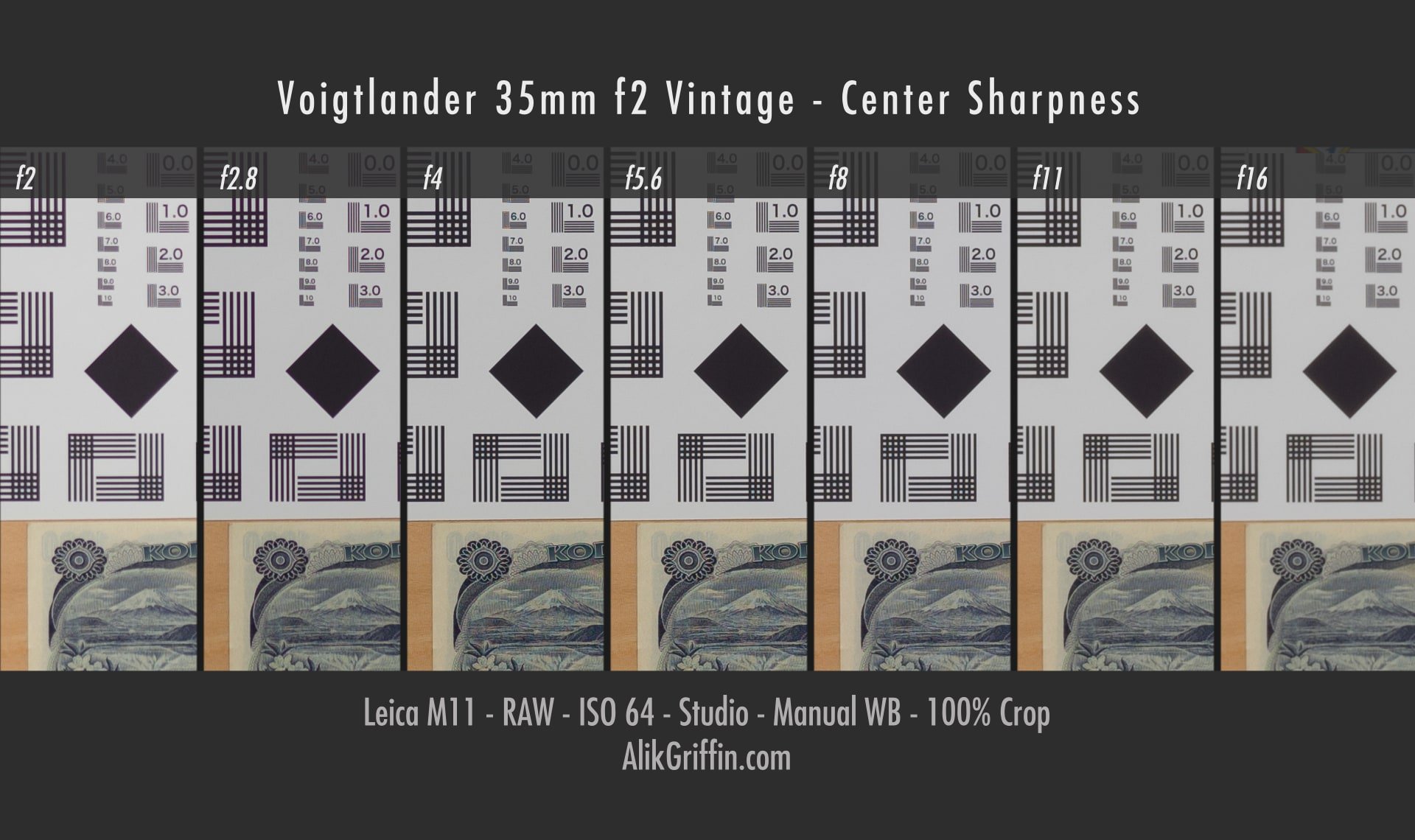
Midframe Sharpness
I took the best section of the lens; my copy is a little sharper on the left than on the right, so that’s what I’m showing here.

Edge Sharpness
Edges are good, even wide open. Very impressive.

Corner Sharpness
Corner sharpness was surprisingly good for a lens this size with these specs. Nothing really starts to smear and no real signs of any type of astigmatism. Corners are not as perfect as you would get from maybe an APO or a big Nikon or Sony lens. This is a small lens, and this level of compromise we are seeing is actually really good.
You can also notice the vignetting here. Fairly strong at f2, but vignetting is often situational depending on the light source, so it could be better or worse depending on the scene and distance.

Chromatic Aberrations
Fringing and chromatic aberration control are very well controlled with this lens but in some very intense some fringing will appear in the slightly out-of-focus areas either shifting green or purple.
Vignetting
There is a bit of Vignetting wide open, but it cleans up when you stop down to f4. It’s not a bad vignetting like with the Voigtlander 28mm f2 or the 21mm f3.5. In some situations, it shows up more than in others, depending on the light source and angle.
It will vignette more at closer focus compared to infinity focus.
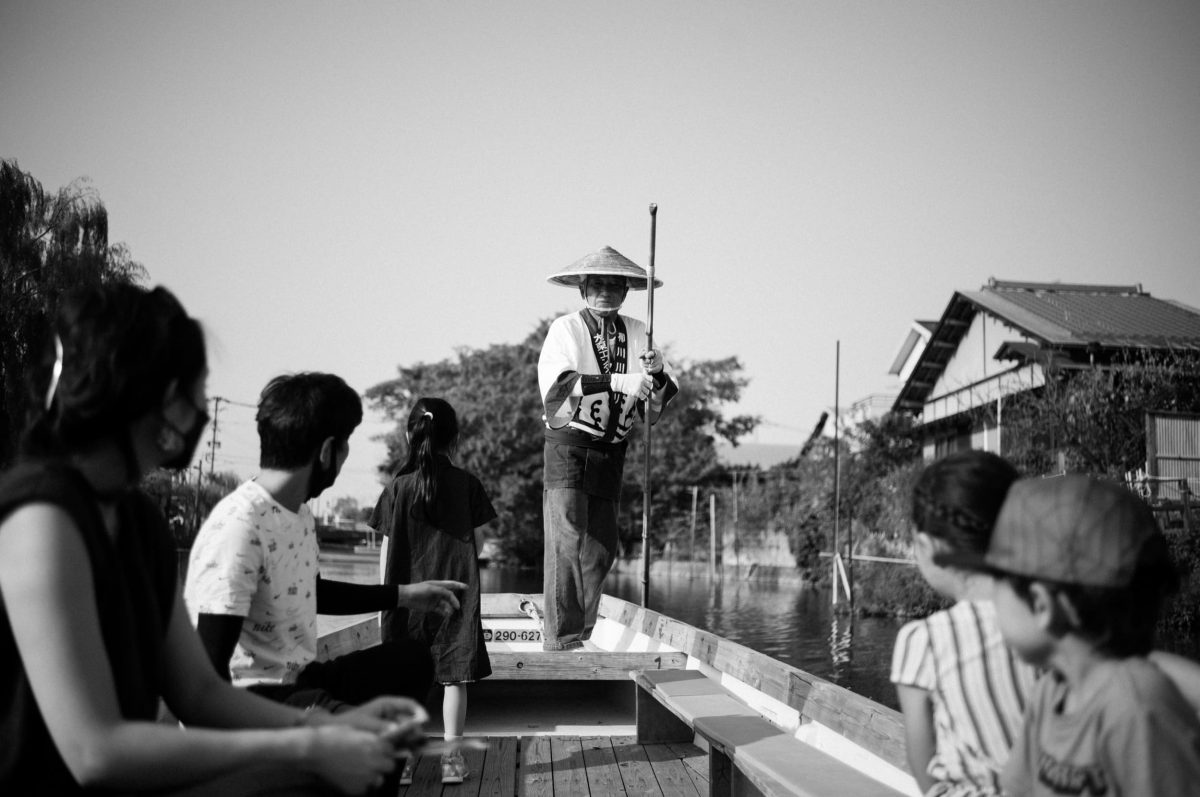
Like with a lot of smaller lenses for the Leica M, there are occasional situations where no matter what aperture you are at, you will see some shadow in the corners depending on where the sun is. You can see the top left has a prominent shadow here that should not be there.
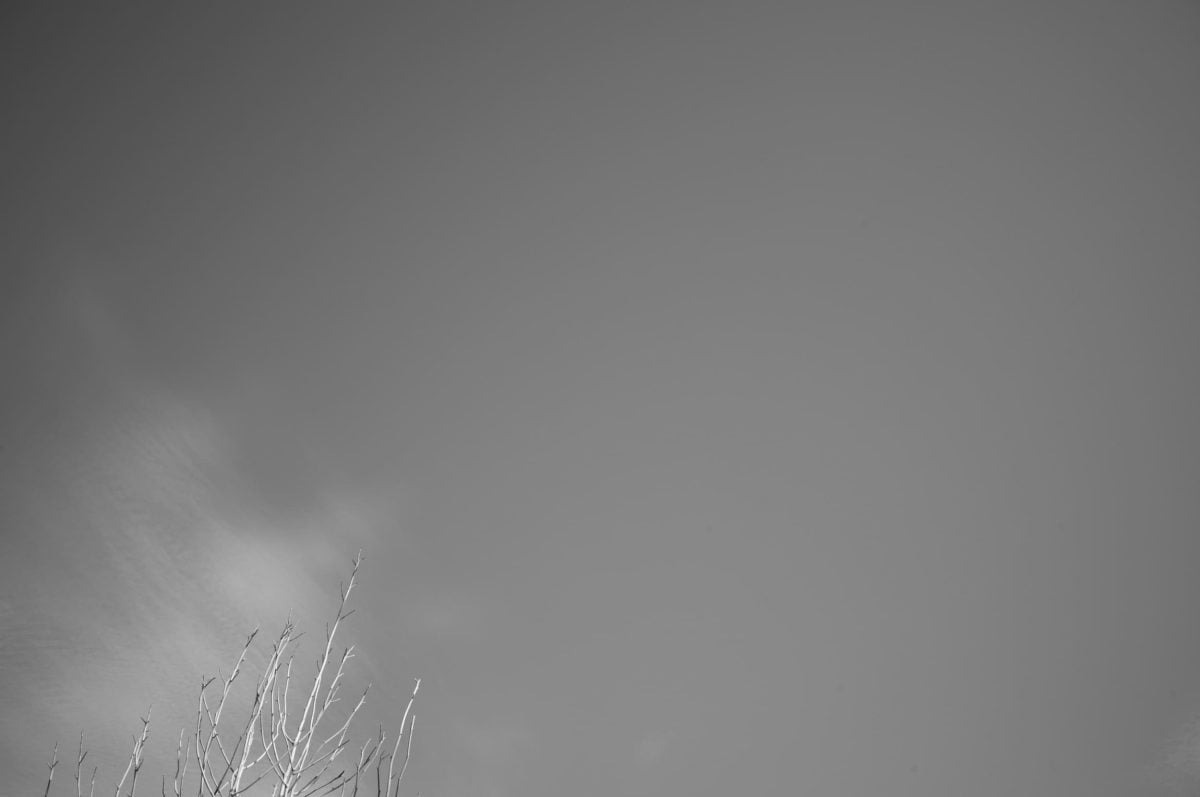
Distortion
There is a small amount of distortion but it’s not severe and you rarely notice it unless shooting a horizon.
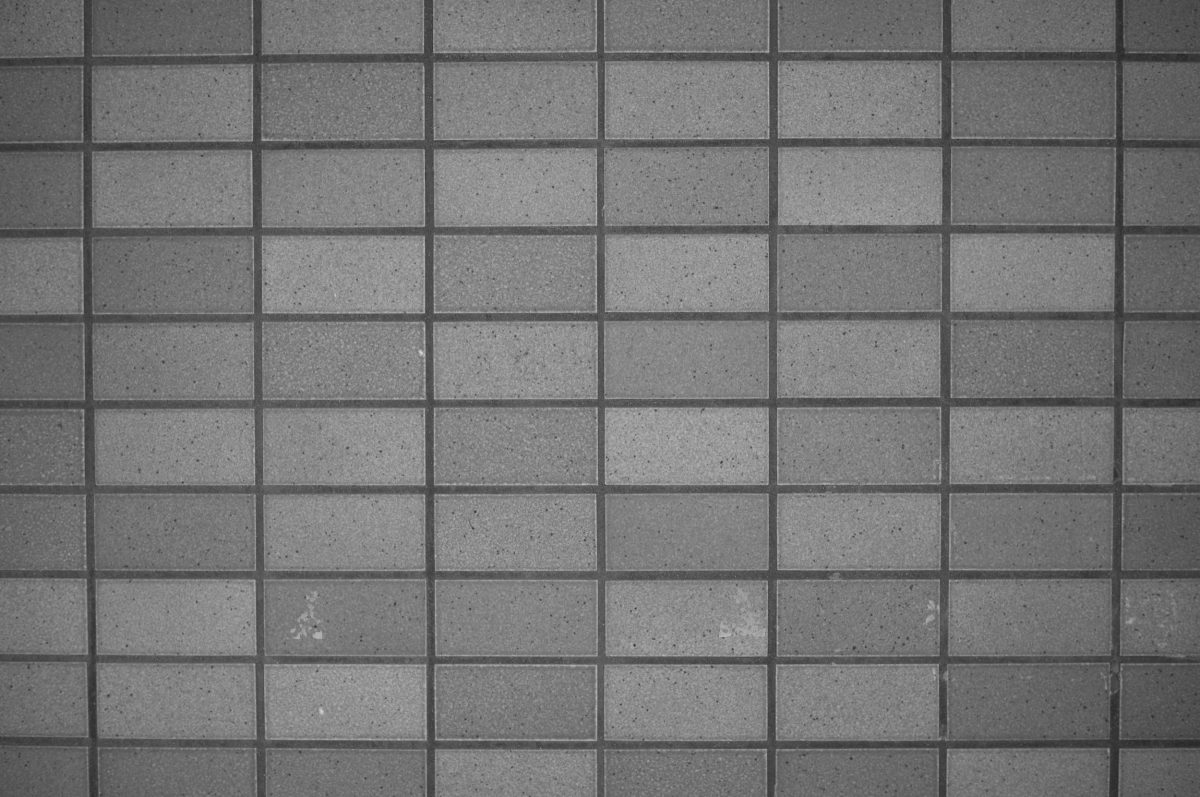
Art & Character
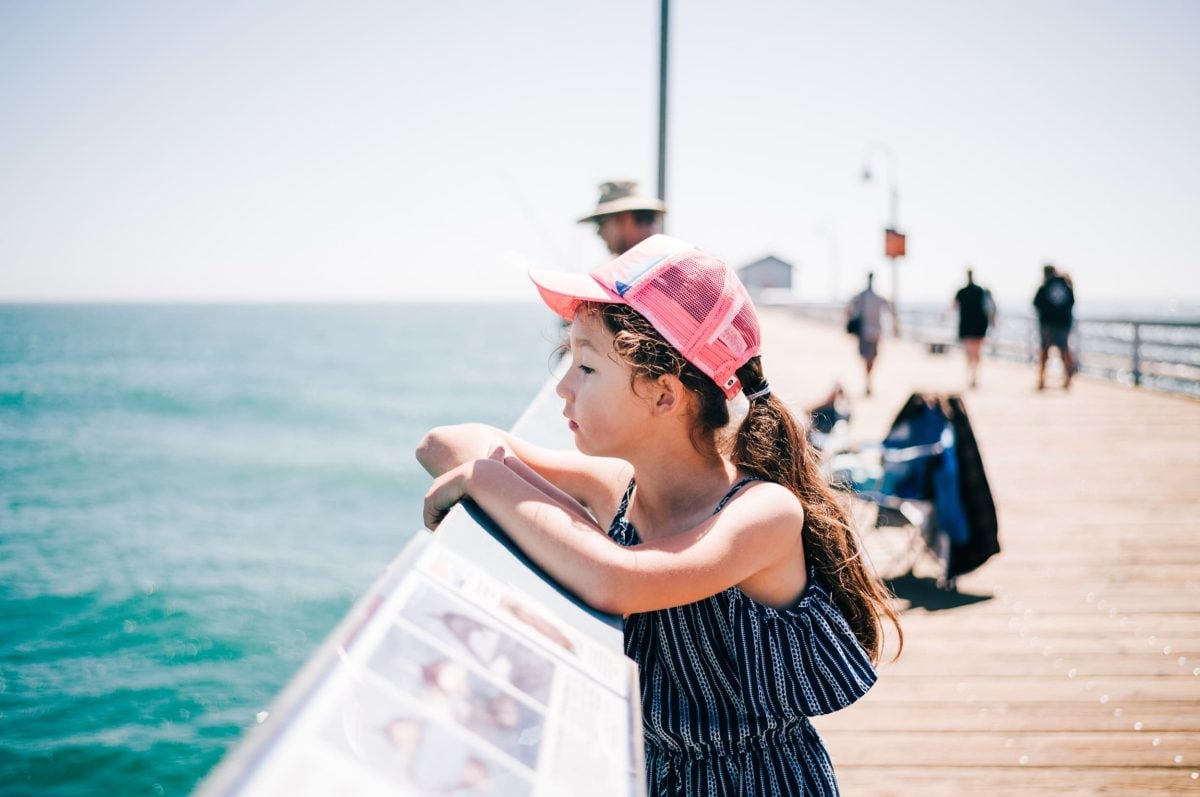
While it’s important to have great technical qualities and control, the beauty of the rendering can really add to an image, giving it more character or a life of its own.
Overall, the Voigtlander 35mm f2 doesn’t really have great magic to it, although it does have good micro-contrast and contrast, so the images have nice pop.
Bokeh and focus falloff aren’t particularly that interesting, and I will say this lens looks best at close distances if shooting wide open. But it’s a much better f2.8 to f4 lens.
When the subject gets further back to around 20 feet or around 6 meters, the image gets fairly messy with the chattery nervous bokeh, so stopping down helps.
Micro-Contrast
Micro-contrast can create an illusion of depth, sometimes people call this pop or 3d pop. Good micro-contrast can make an image still feel crisp even when it’s not perfectly in focus which is important for manual focus lenses.
This little Voigtlander is about mid-range to good when it comes to micro-contrast but doesn’t compare to simpler non-aspherical lenses. For example, the Kipon 35mm f2.4 is better in this department for an M lens or even the Ziess 35mm f2.8. This Voigtlander 35mm f2 reminds me a lot of what the Fujifilm lenses are doing, like the 23mm f2, 35mm f2, and maybe the 35mm f1.4, it’s about the same as those lenses in terms of micro-contrast.
The blend of micro contrast, sharpness, and good contrast make it a great choice for black-and-white photography because a lot of the strange anomalies with the bokeh that bug me are less noticeable when the color is removed.
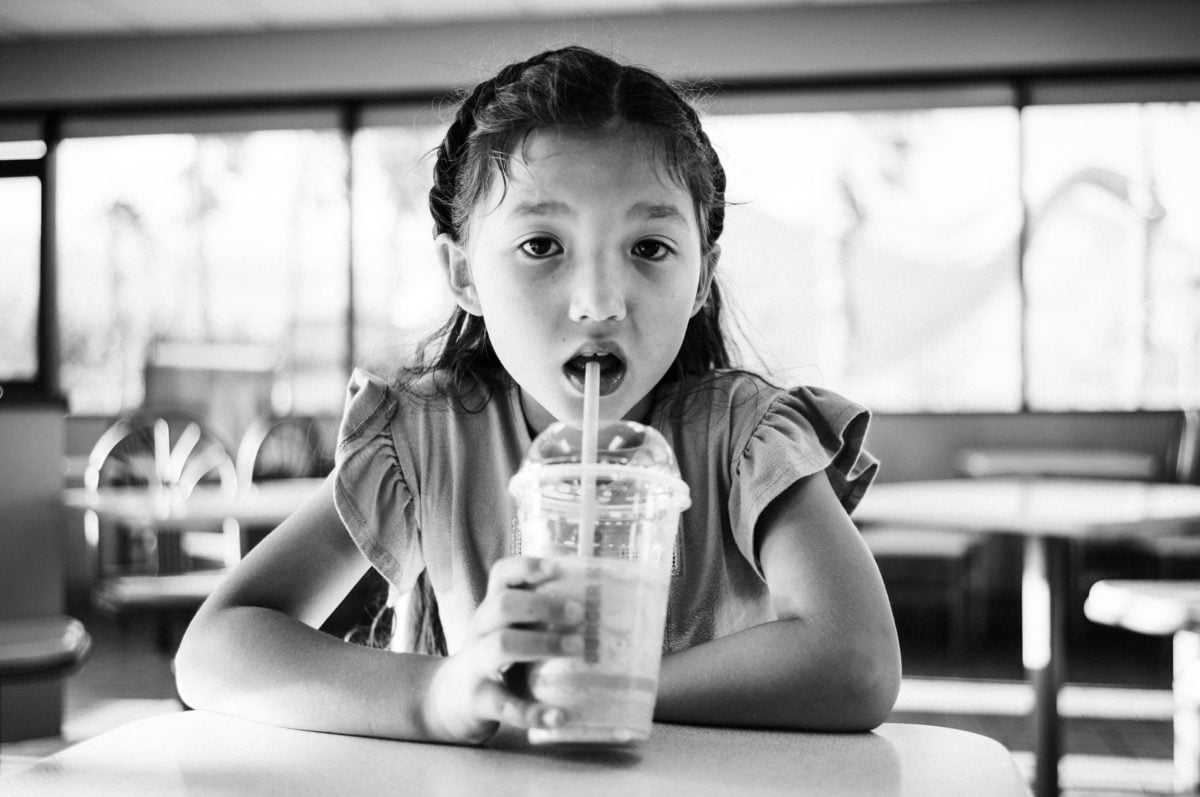
Focus Falloff ( Transition Zones )
Focus falloff is how well and how smoothly a lens transitions from what’s in focus to what’s out of focus.
There are two areas to look at here: the macro (or the whole image) and the micro (the area closest to what’s in and out of focus). Photography lens companies (except Nikon) have totally abused the word macro, using it in situations that are the total opposite of what it means so sorry if that is confusing.
This Voigtlander 35mm f2 is not a very fast lens, so this is not a critical issue. Overall it transitions well, and in the detailed areas just outside of focus the image looks good. This is often where non-aspherical classic lenses can struggle – they will get shifting and ghosting in these areas.
The Voigtlander 35mm f2 holds together well in the micro areas, and in the macro or the bigger picture, it also does a decent job most of the time, but in some situations with busy detail in the background, the bokeh can create a harsh look that is fairly unpleasant.
You can see here, that Kalina’s eye still looks good with no aberrations even though it is slightly out of focus.

With the macro, sometimes the background just doesn’t feel as buttery smooth as it should for an f2 lens. You get a nice separation between Kalina and Luka, but he doesn’t really have a smooth, out-of-focus feel, and the far background is extremely distracting. Generally, the subject needs to be a little closer for this lens to really render good falloff, this lens is it’s not great for midrange portraits.
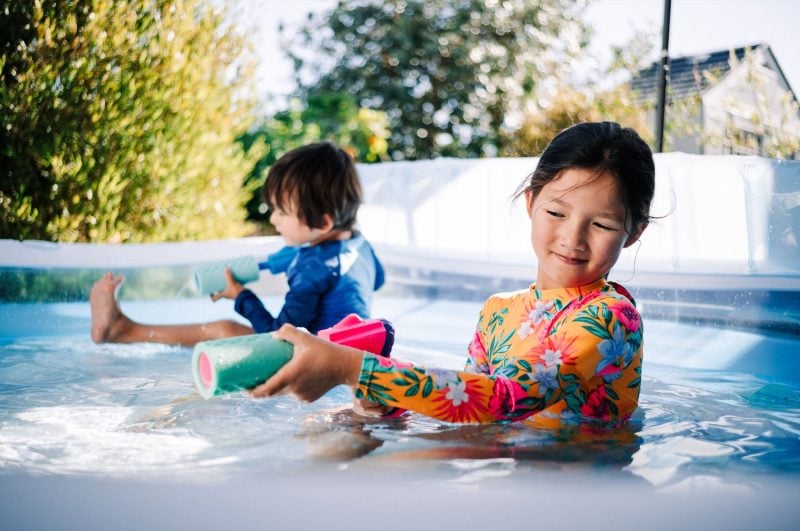
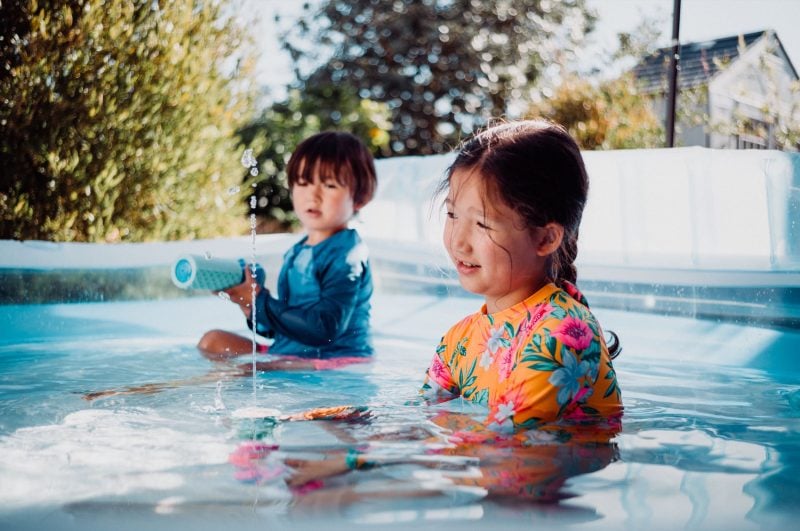
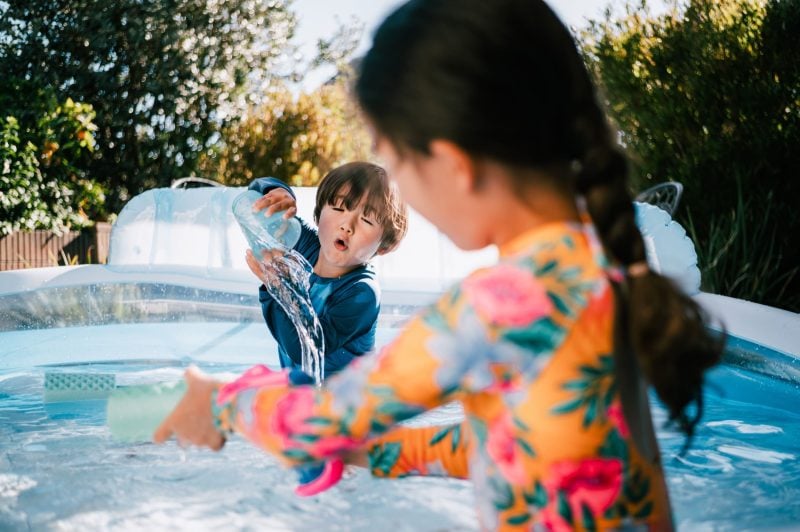
Sun Stars
10-star Sun Stars look nice with very prominent points.
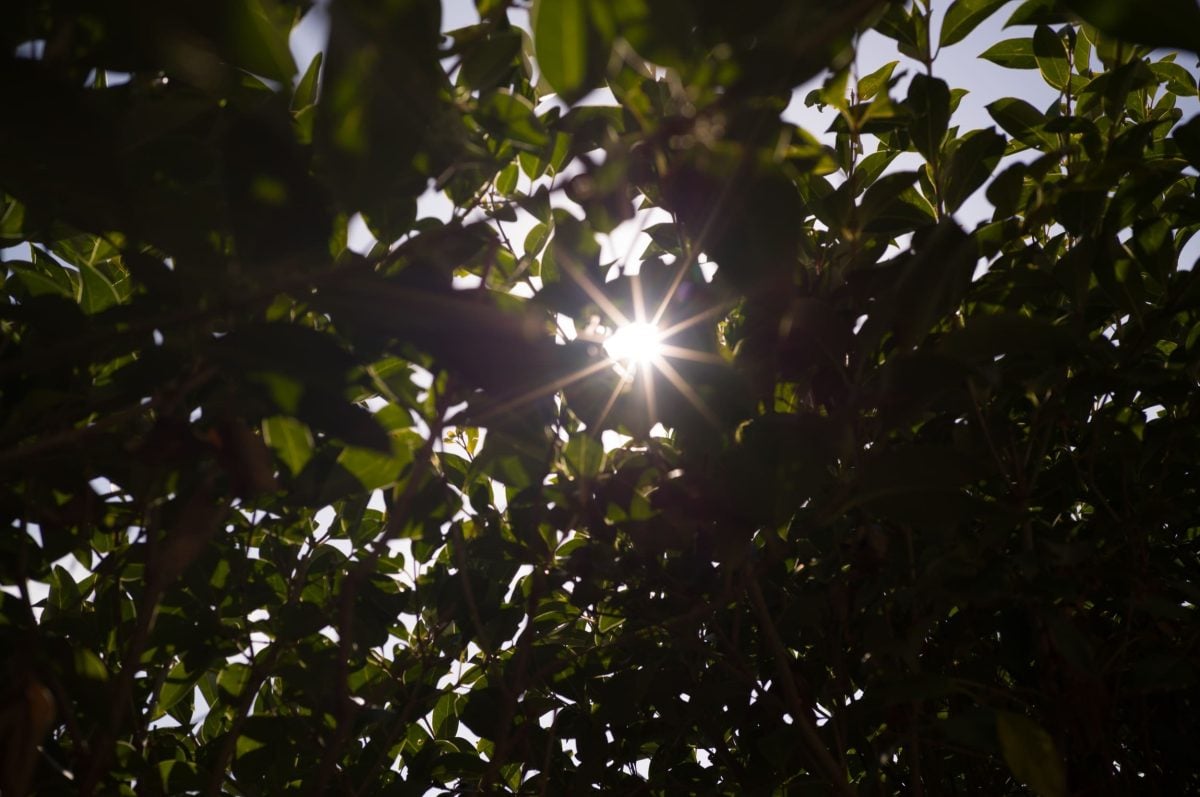
Bokeh
The love for a particular look of bokeh is always going to be subjective as it depends on what you’re doing and what you’re going for. The bokeh of this lens is a little bubbly, but because of how small the lens is, you don’t really get nice circular bokeh, you get a lot of cat eye shapes with a lot of swirls at normal portrait shooting distances.
The bokeh is very rich and vibrant but a little harsh with the edging of the background details.
There are some occasional issues with some green fringing in out-of-focus high-contrast areas, but this is fairly normal with lenses of this class.
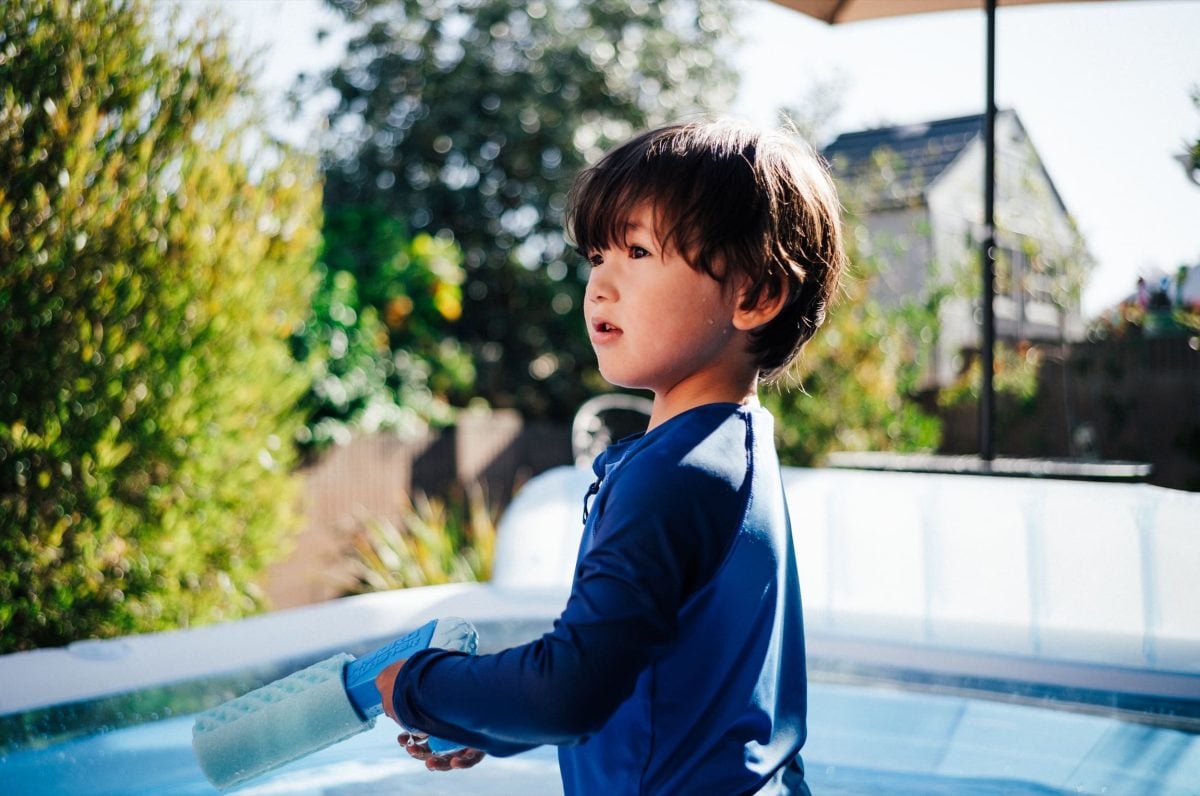
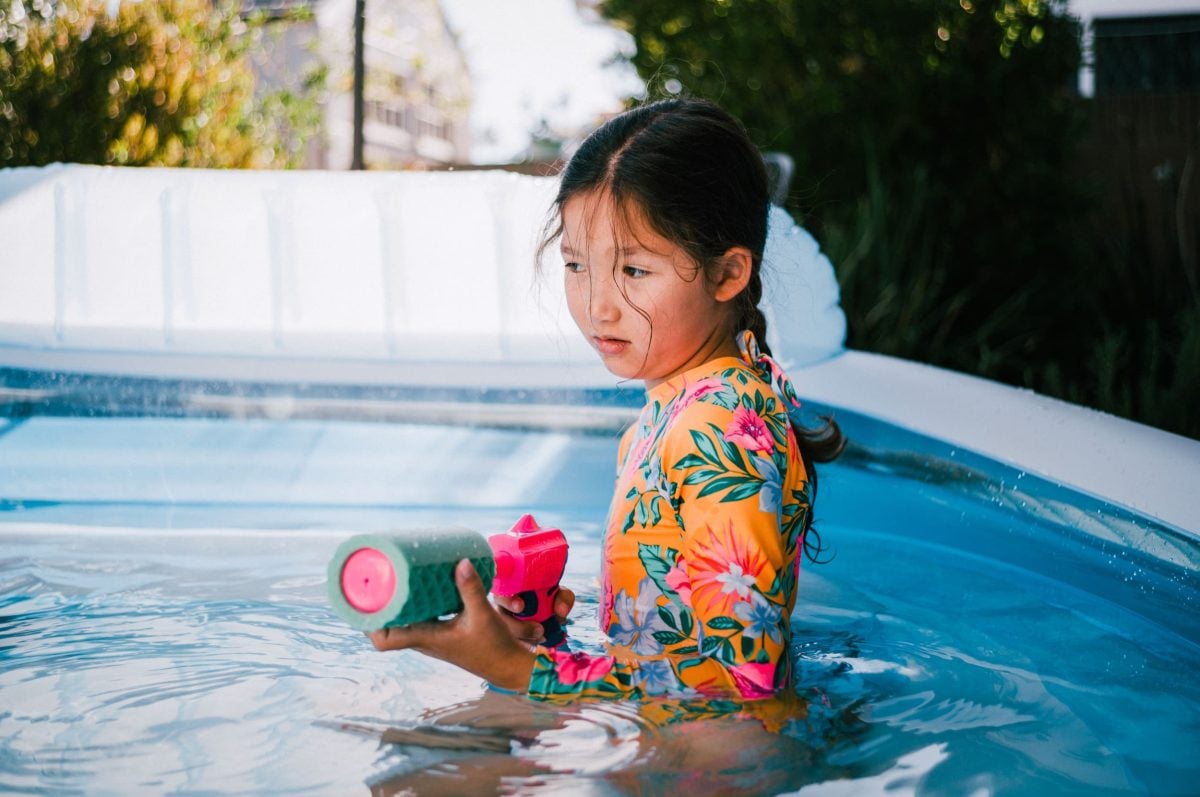
With the subject being closer and having a long background, the rendering can look okay.

Voigtlander 35mm f2 Review Bottom Line
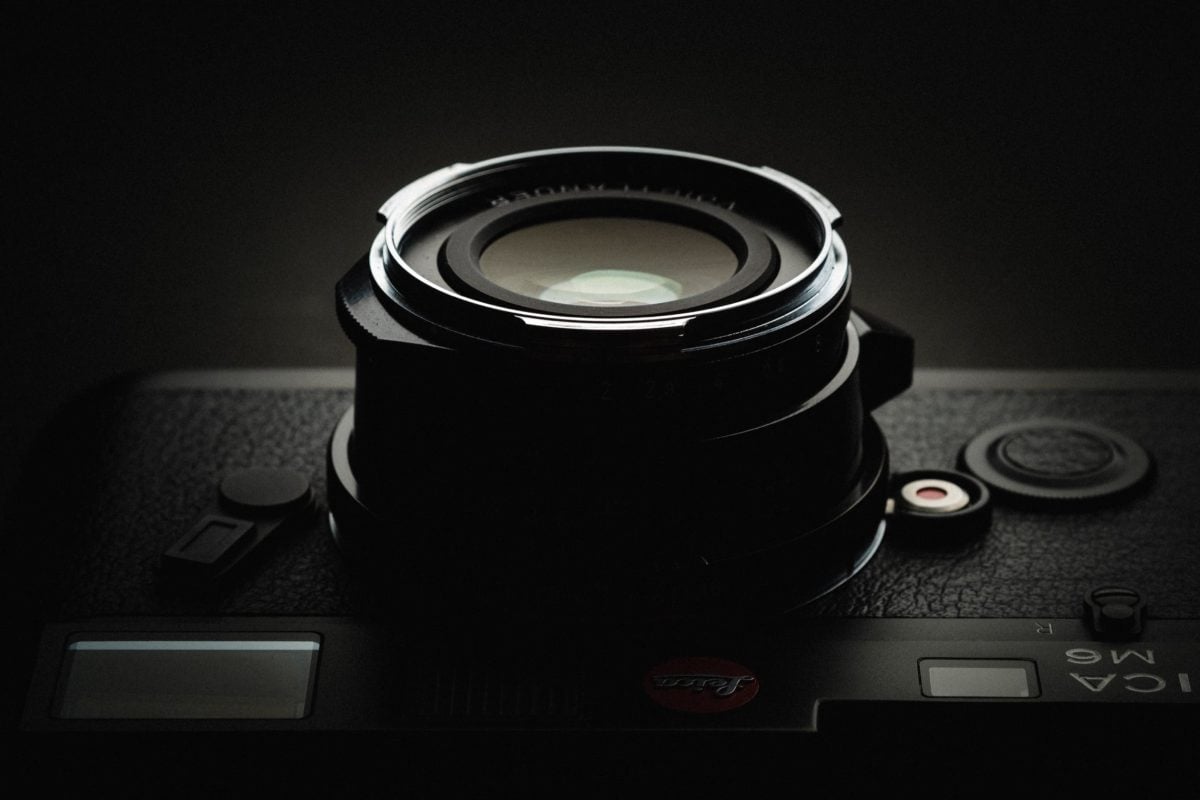
This is a good tiny lens for general photography. I prefer it for more travel landscape-type photography and black-and-white photography. It can also work great as a street photography lens. Generally, when shooting portraits or people, I would like either a faster lens or a lens with better micro-contrast, even if it meant less optical perfection.
Overall this lens doesn’t really have any magic or beauty to the rendering. It’s a tiny lens that’s fairly well-corrected with that aspherical element so the bokeh and background blur can get a little strange at times.
Saying all that, it is probably the best tiny 35mm you can buy right now, and I have found it to be very useful, especially on my film cameras where I’m often shooting in more of a style that capitalizes on this lens’s strengths. Sorry, don’t have any film samples because I always forget to label what lens I’m using on what roll with what shot since I’m one of those guys that will take a week to shoot rolls.
After shooting with this lens for almost a year, the images that stand out to me are the landscape-type shots or the more lifestyle shots where I’m shooting a little more stopped-down. Also, I really like the black-and-white images coming from this lens.
Do I Recommend This Lens
This lens has some nice strengths and some obvious weaknesses. If your style of photography is in line with its strengths, then it’s a great lens. If you don’t care for tiny lenses, then there are better options.
Personally, I would buy this lens again for casual street and travel photography.
Other lenses
Check out the Kipon 35mm f2.4 for those wanting a classic lens. The new 2022 versions are very good now. Some of the older Leica or Zeiss lenses will also do well here. I’m still working on acquiring some of those for comparisons.
For those wanting more bokeh magic, maybe go with a faster lens. Look to the Voigtlander 35mm f1.7, the new 35mm f1.5, or even a bigger but faster lens.
Voigtlander Ultron 35mm f2 Type II Sample Images
Available At: Amazon / Adorama / B&H
Most of the images in this review are colored with the Core Color Presets or the Ono Presets and shot on the Leica M11.
